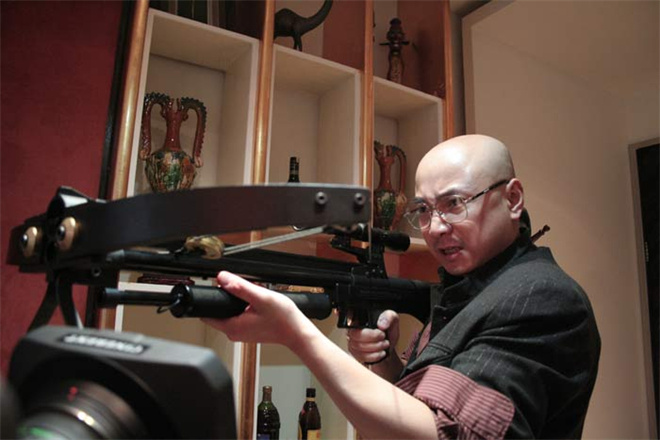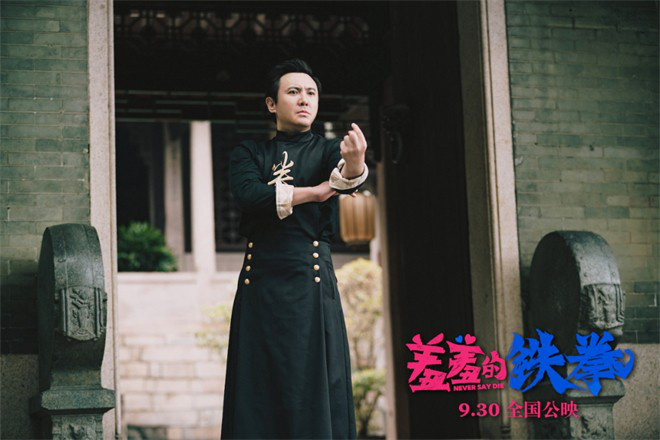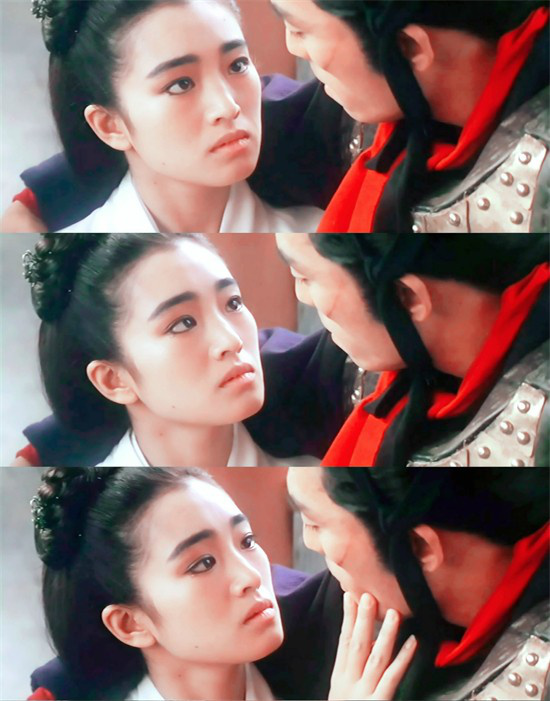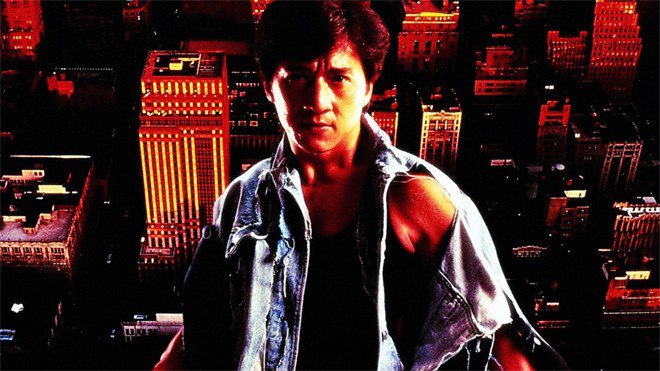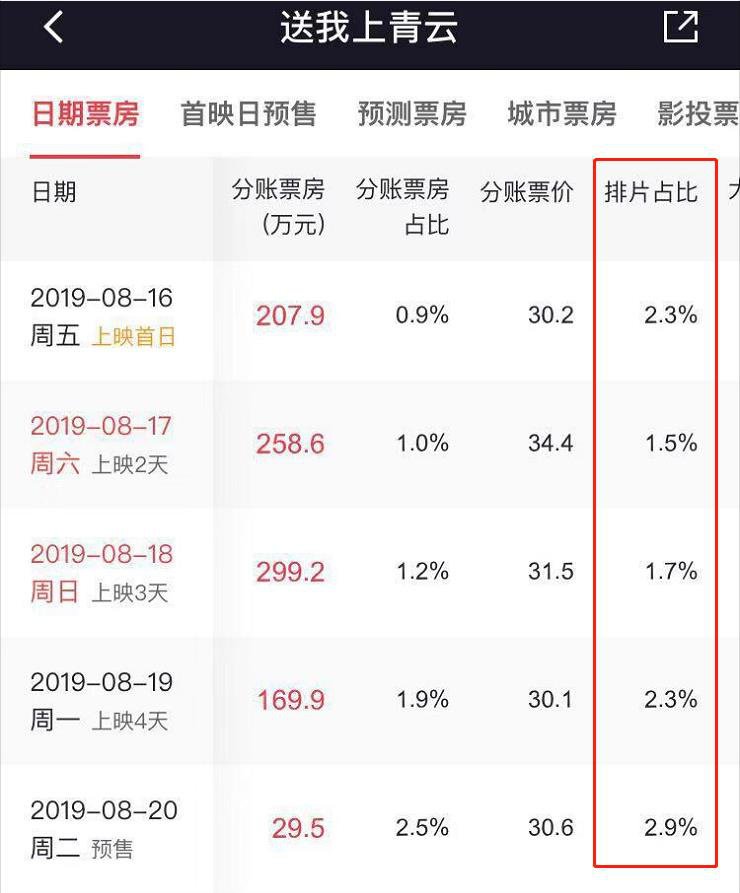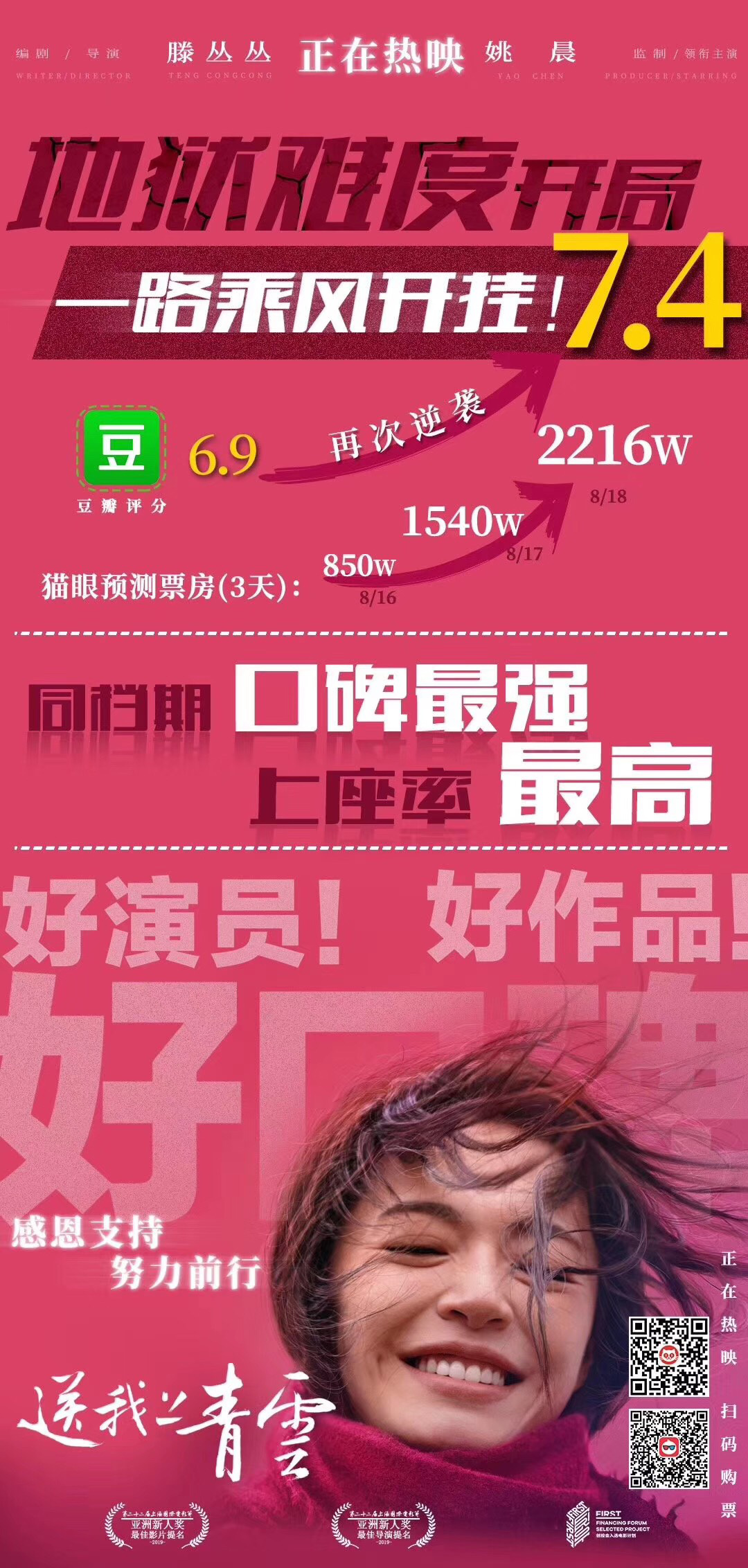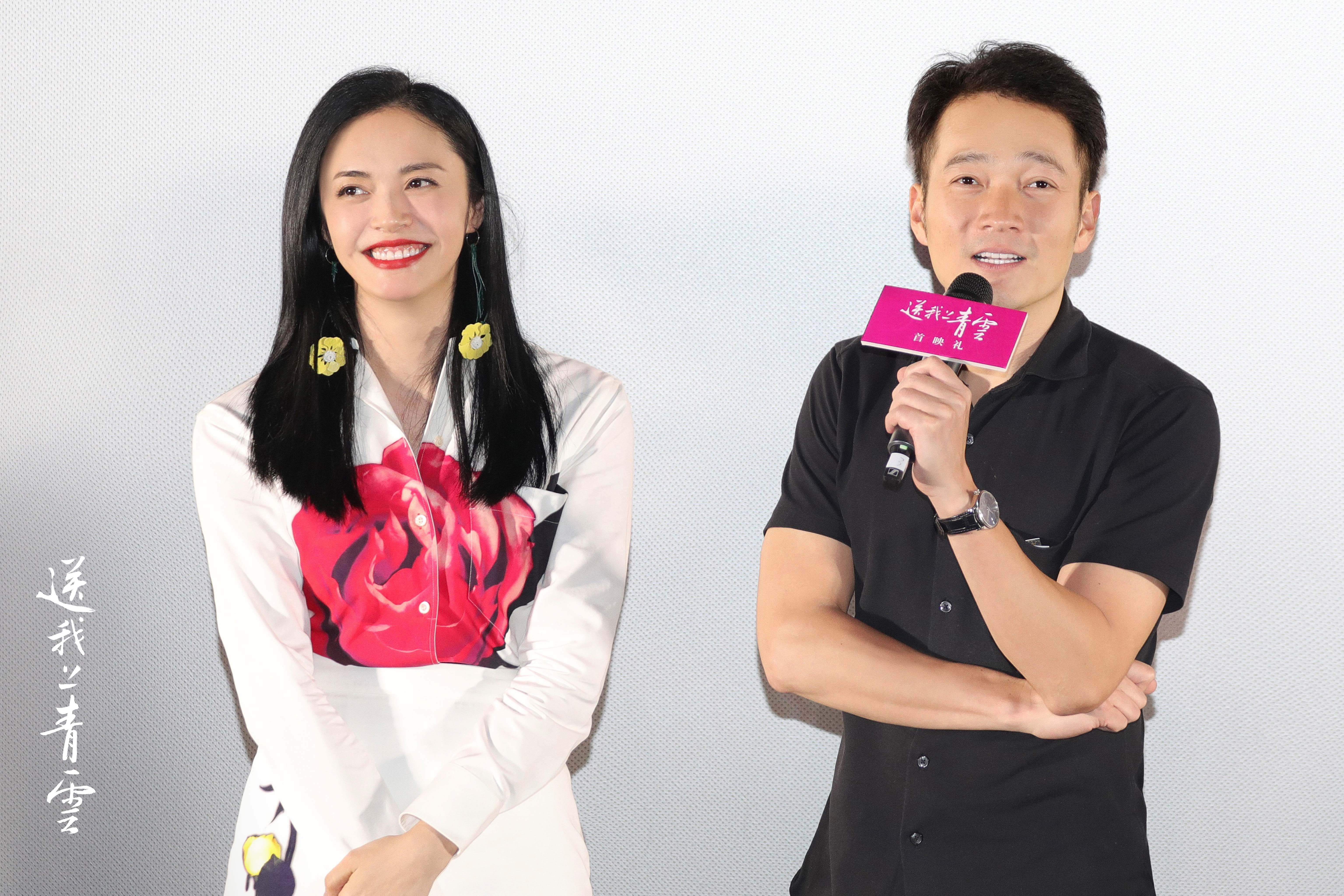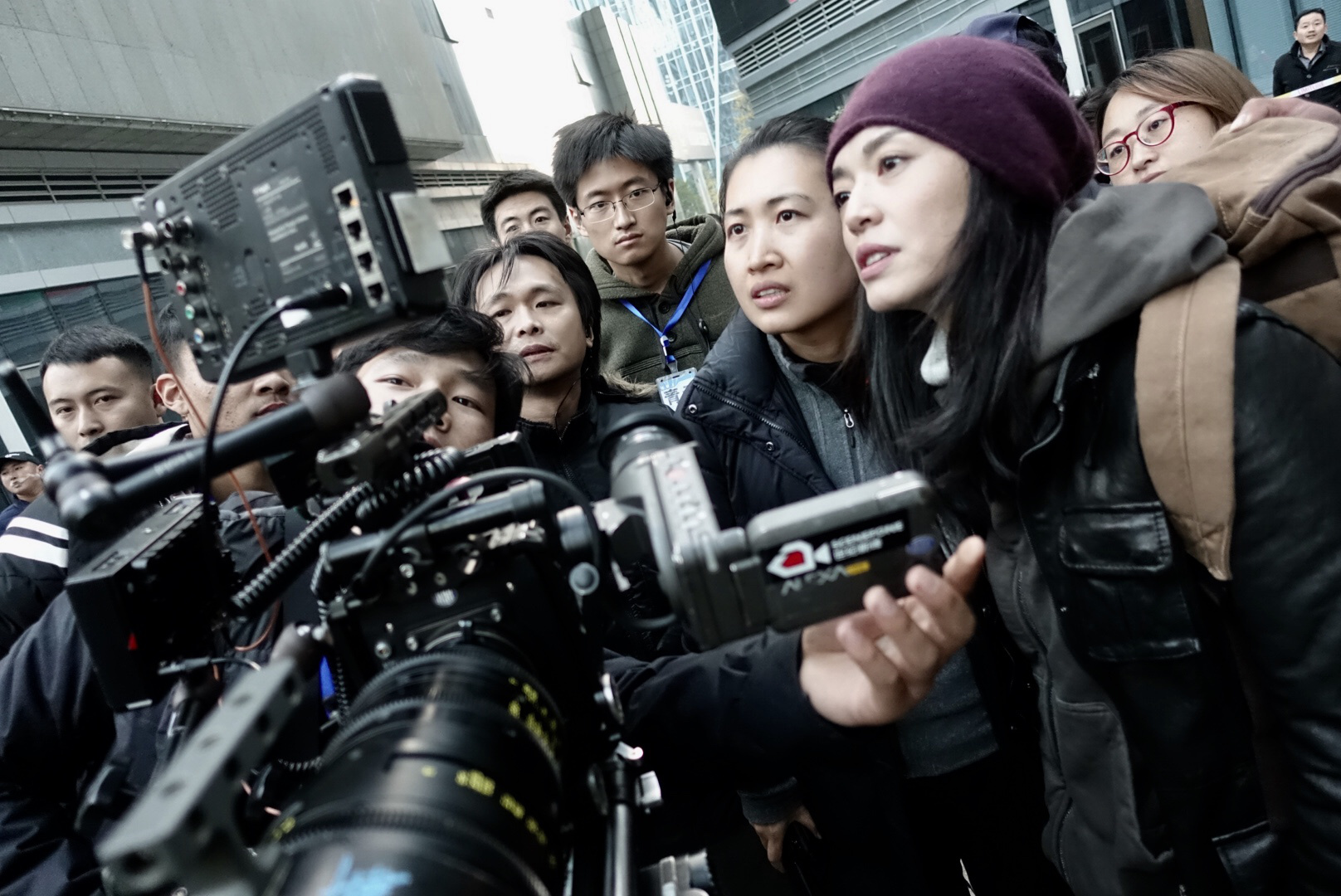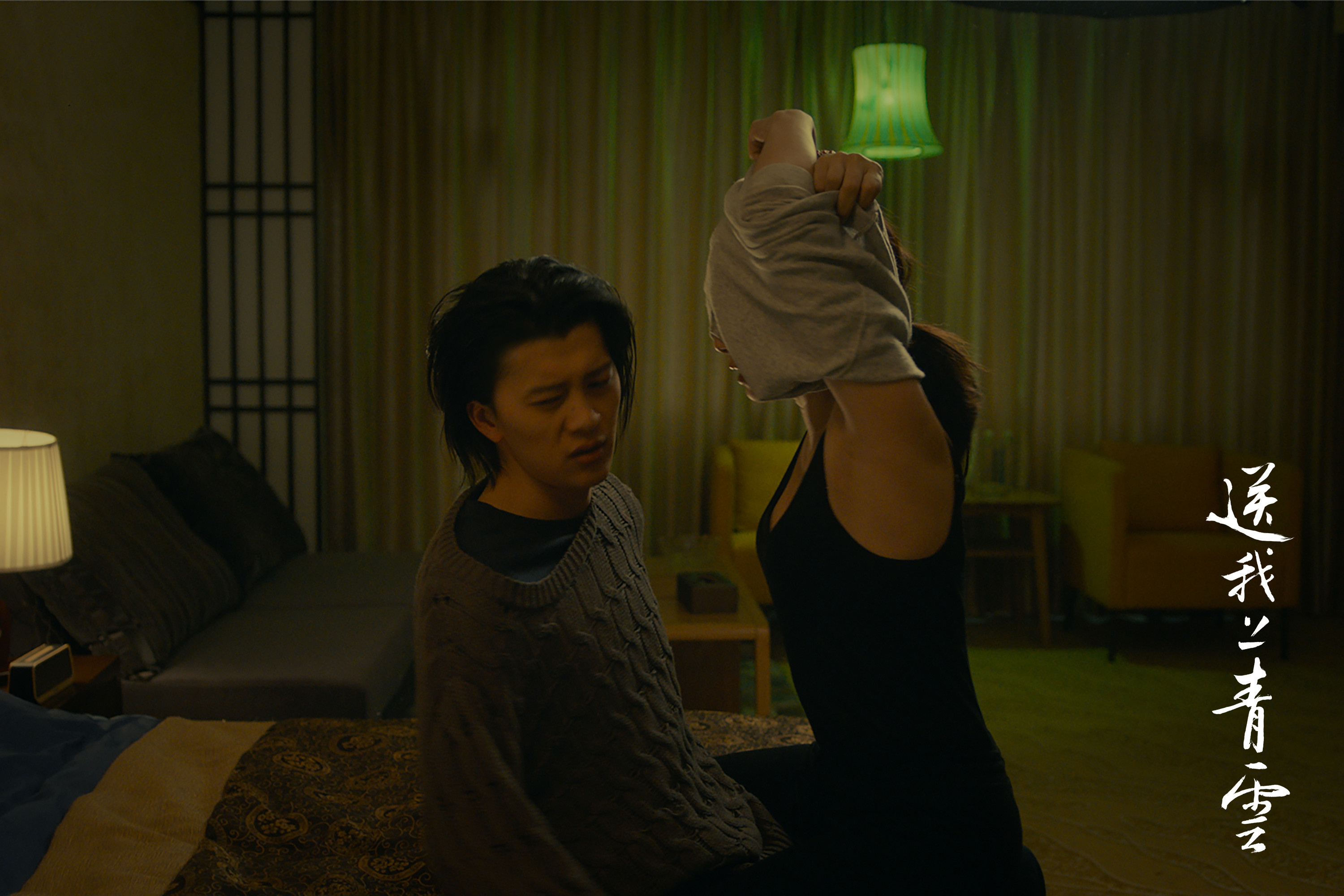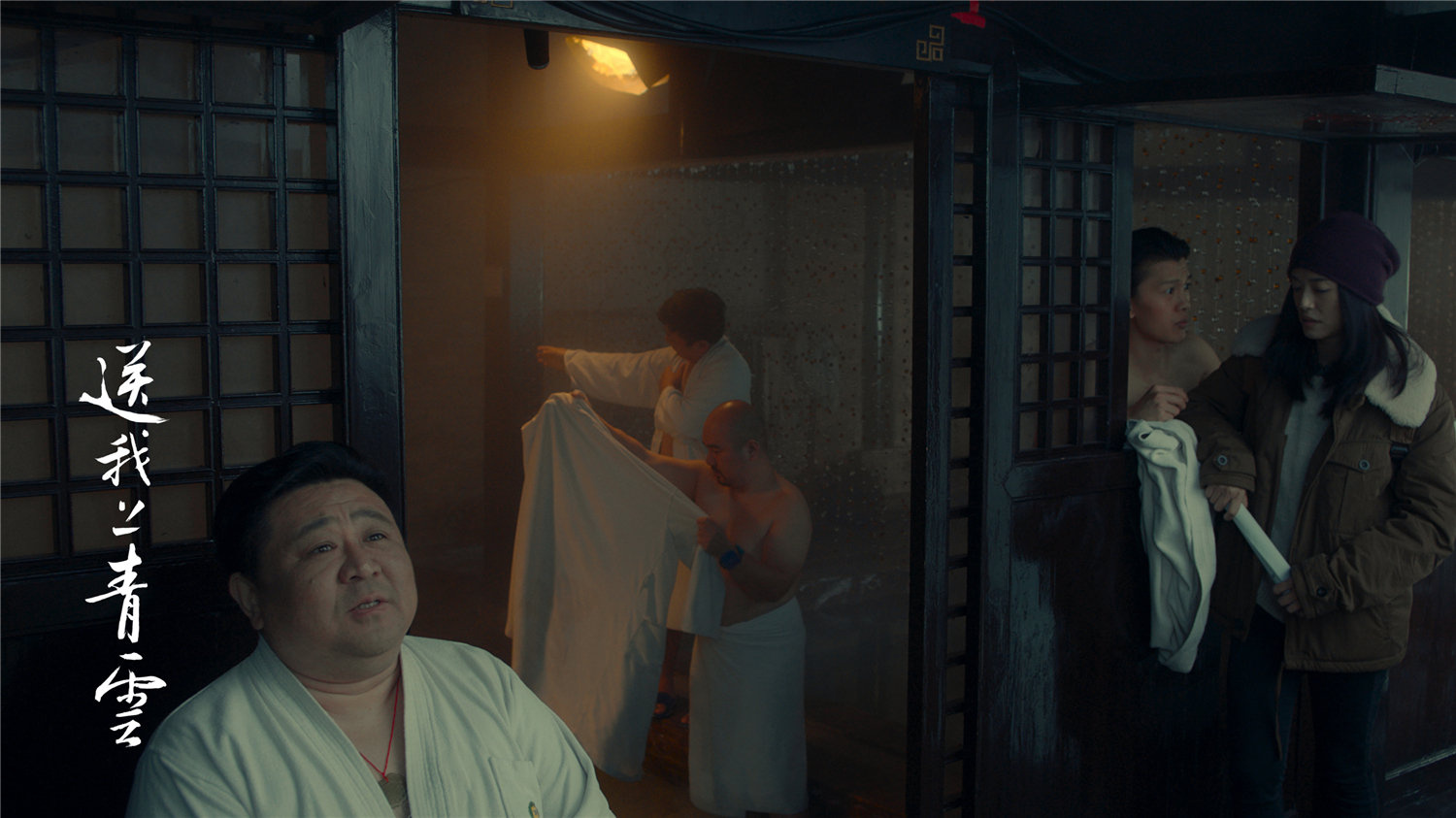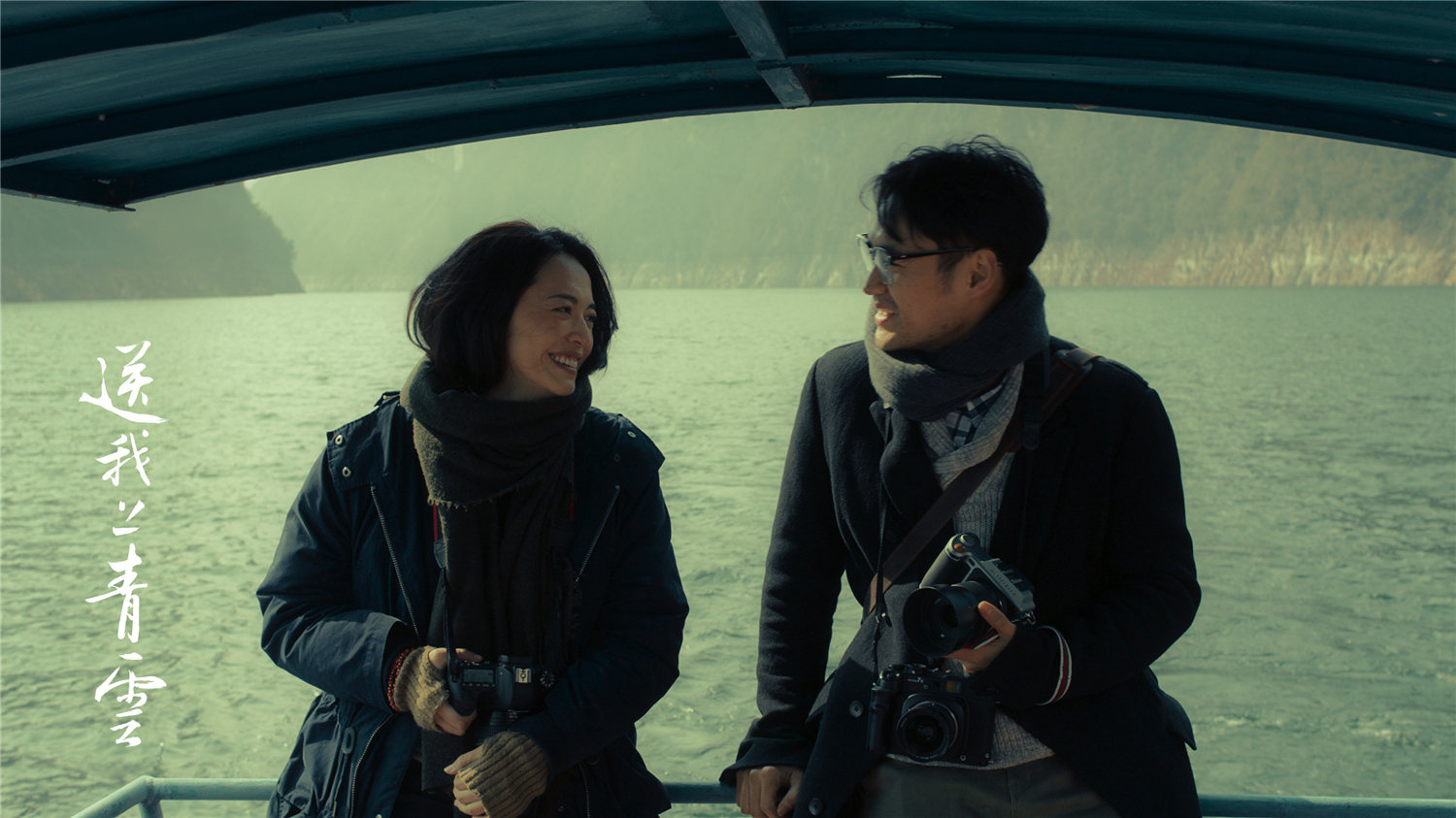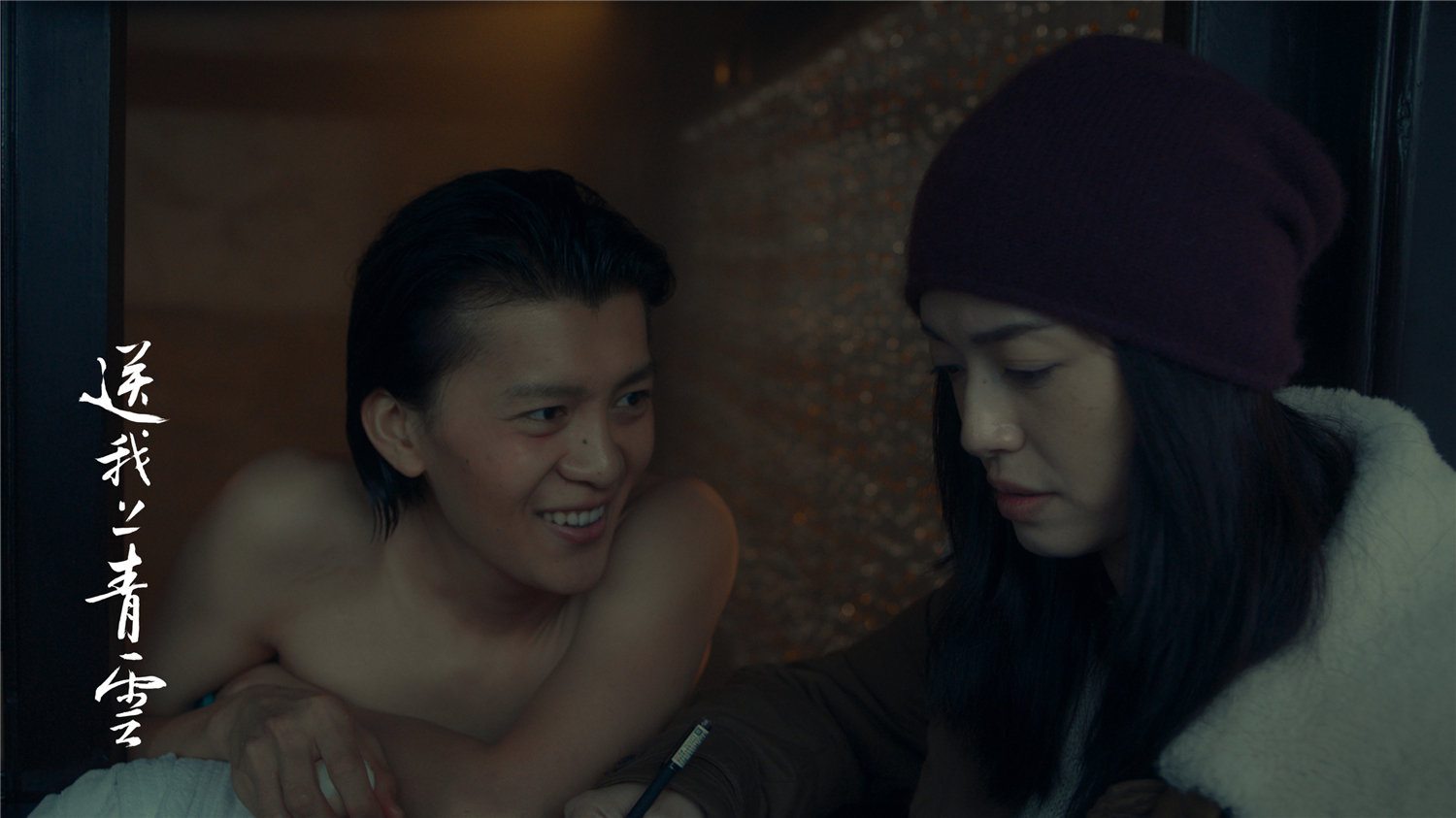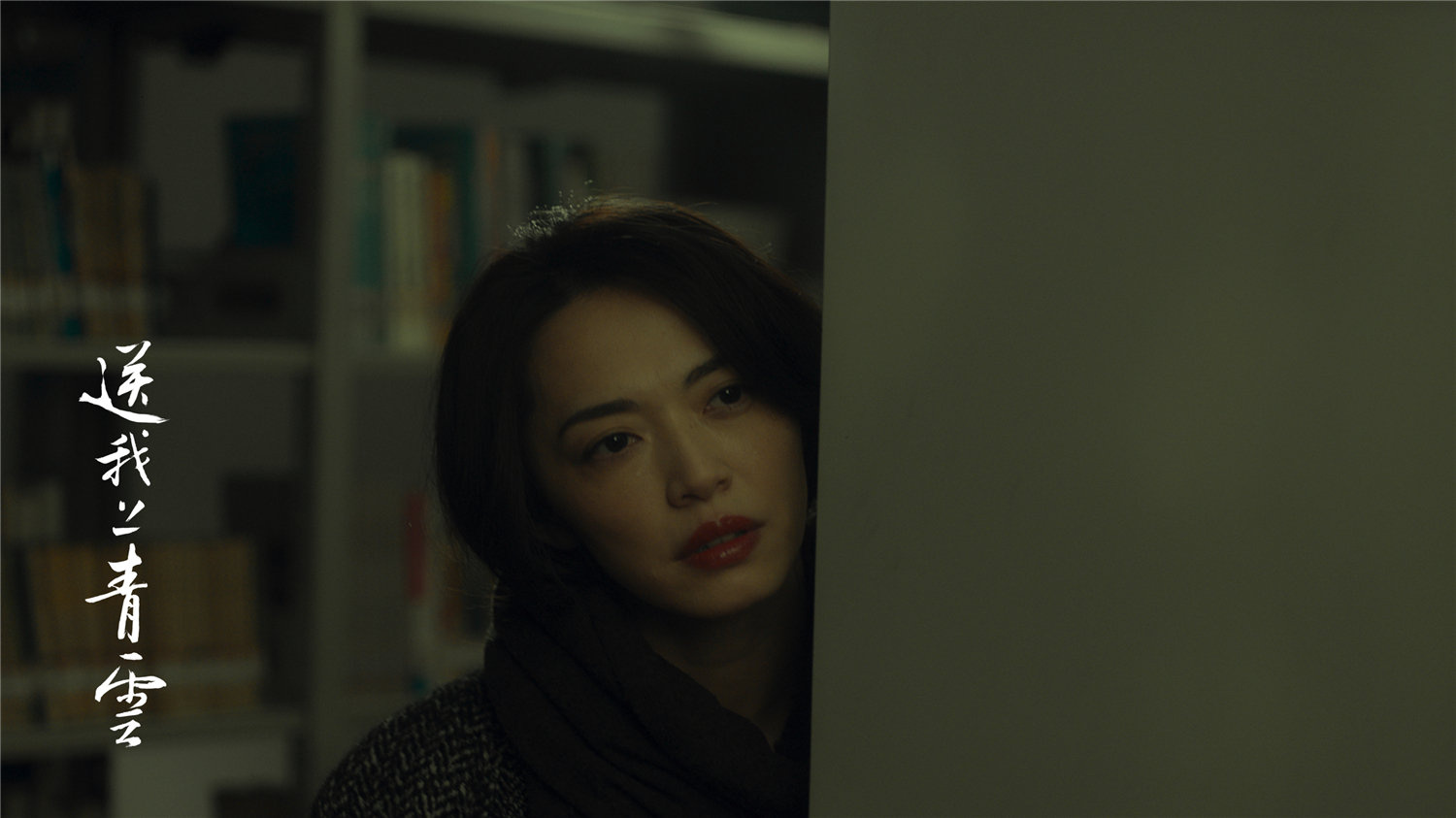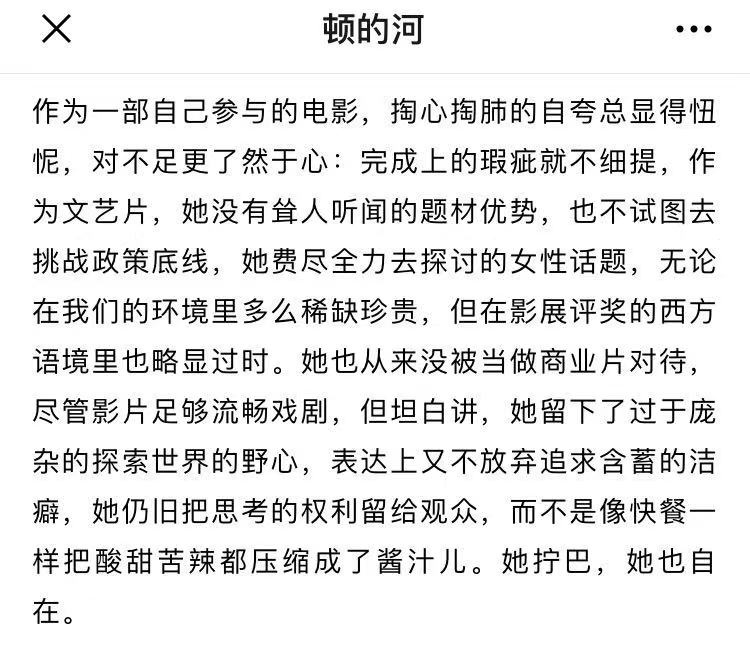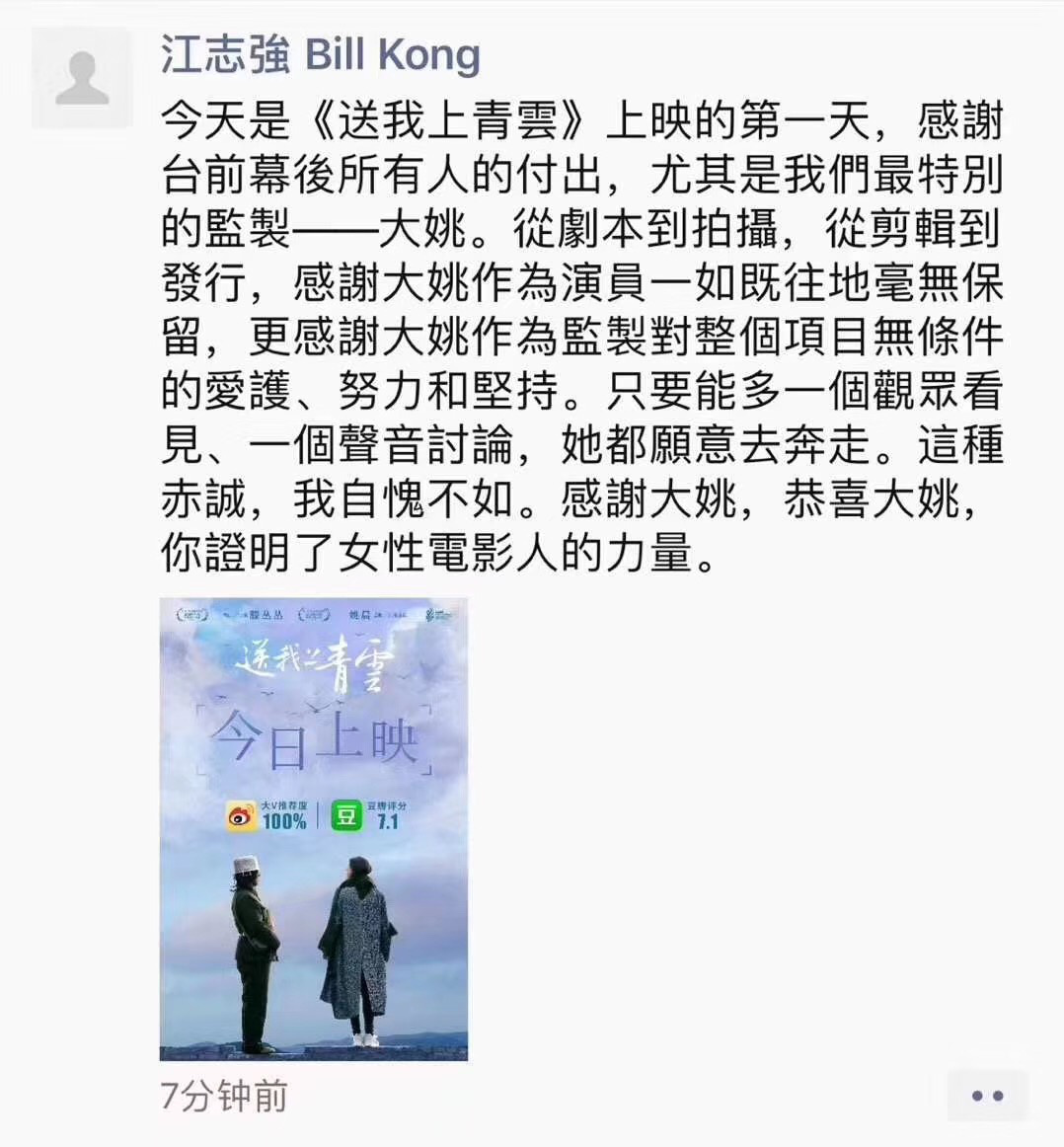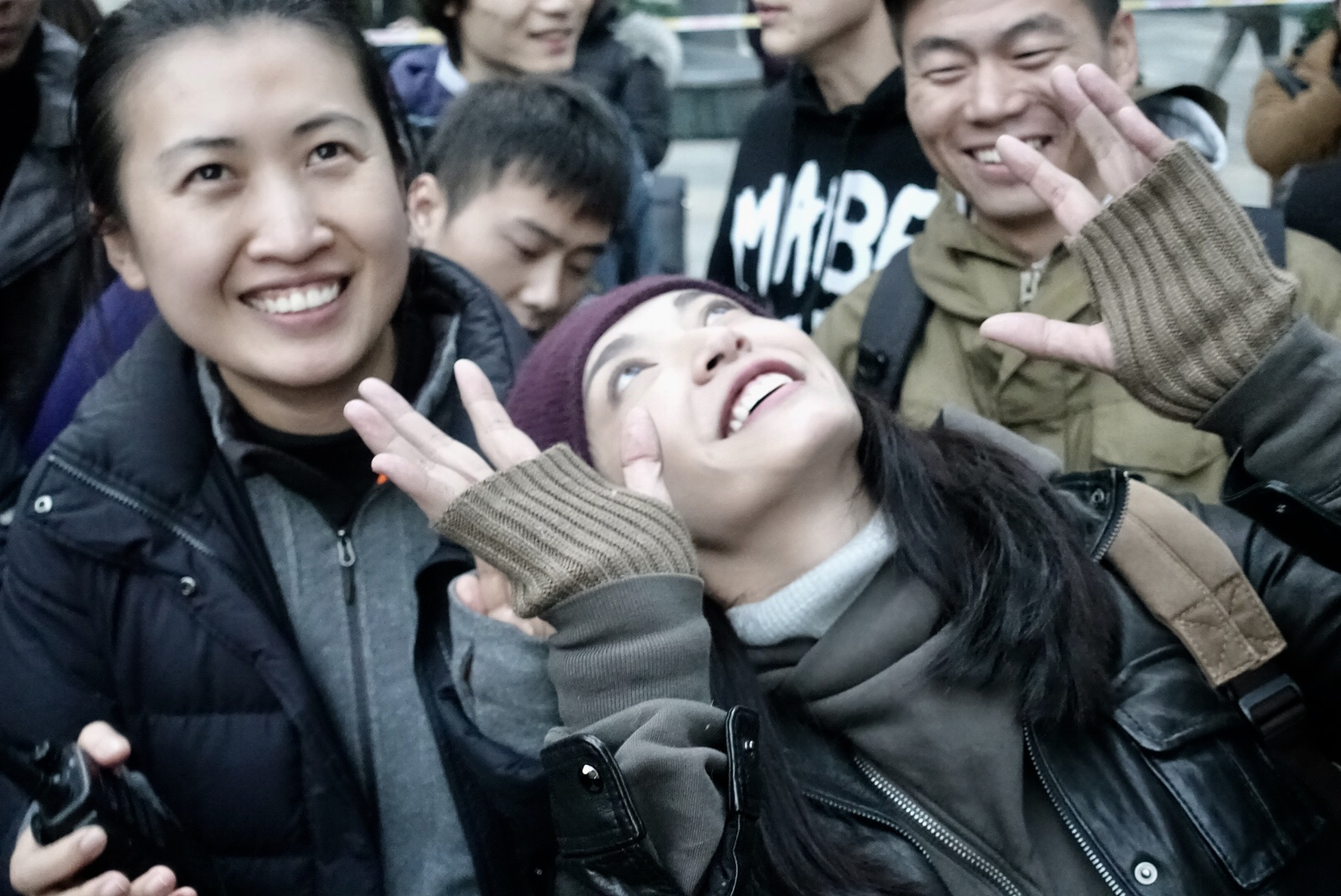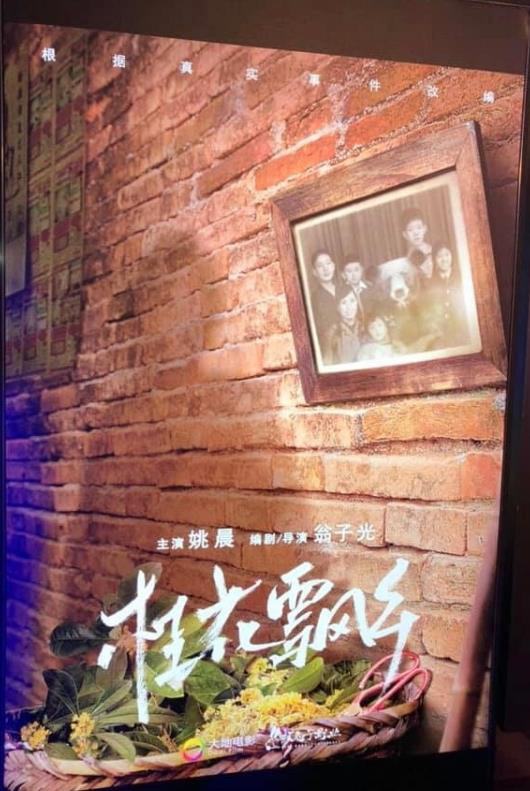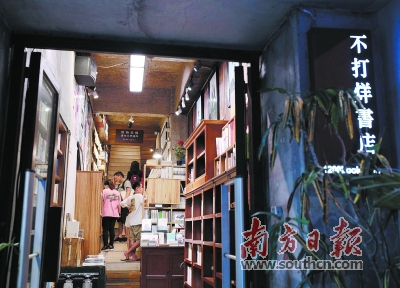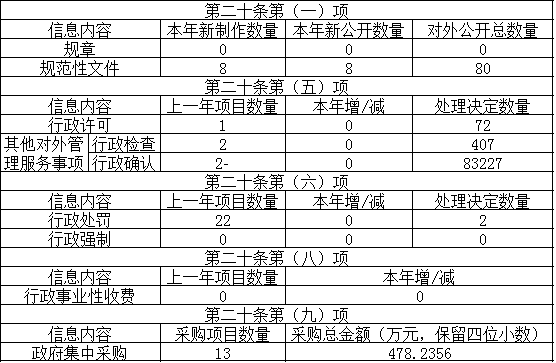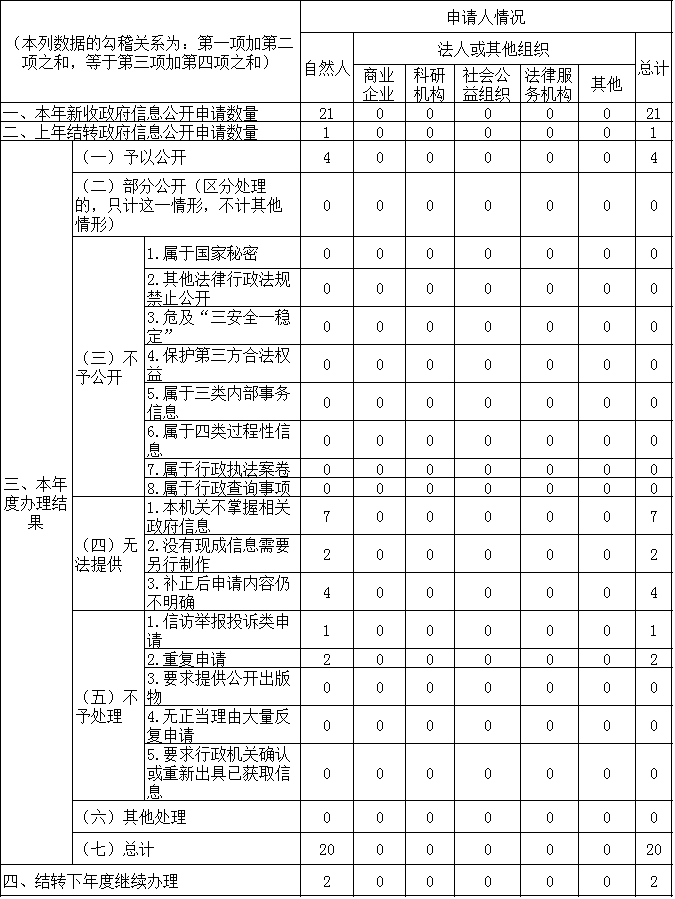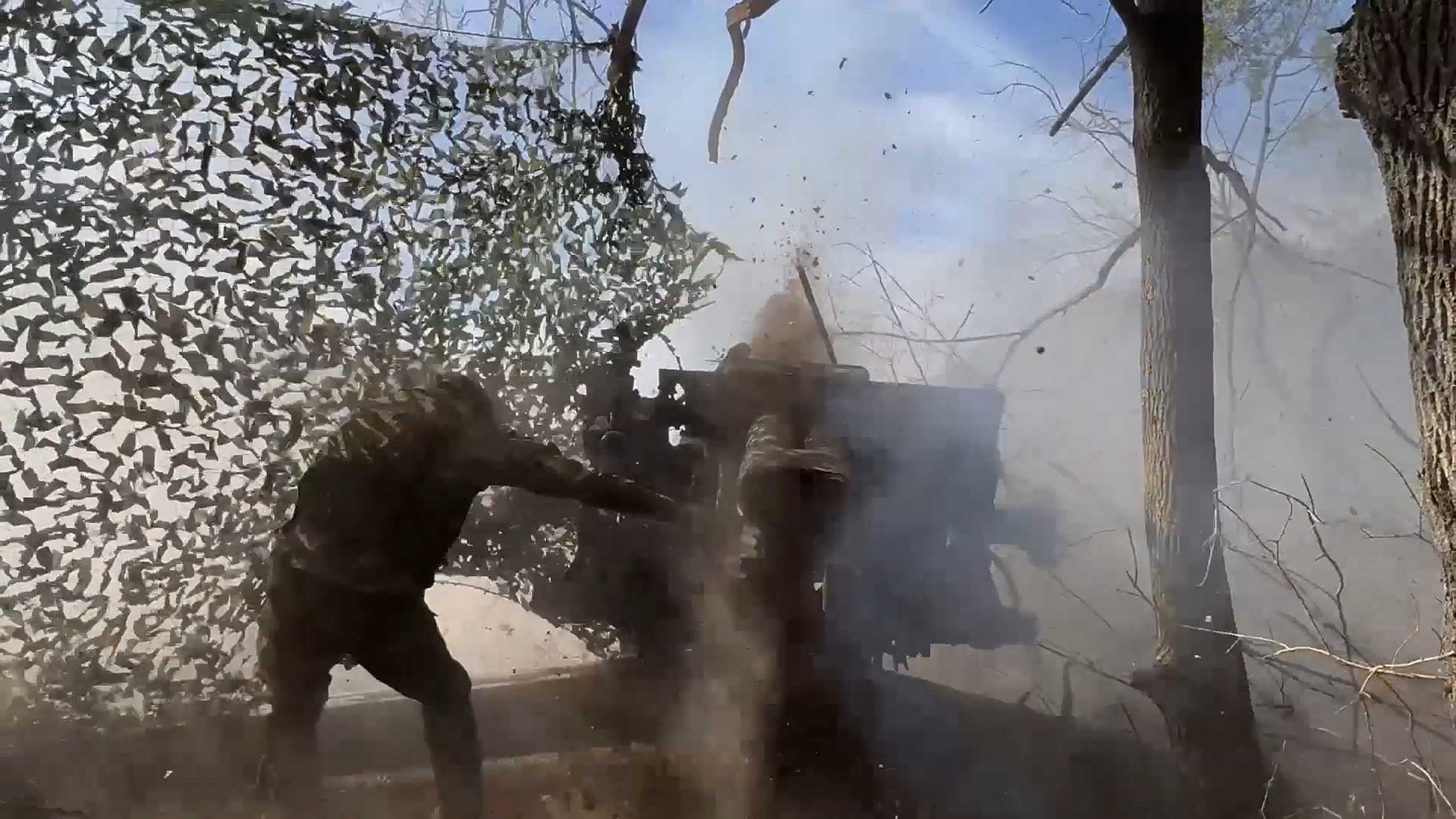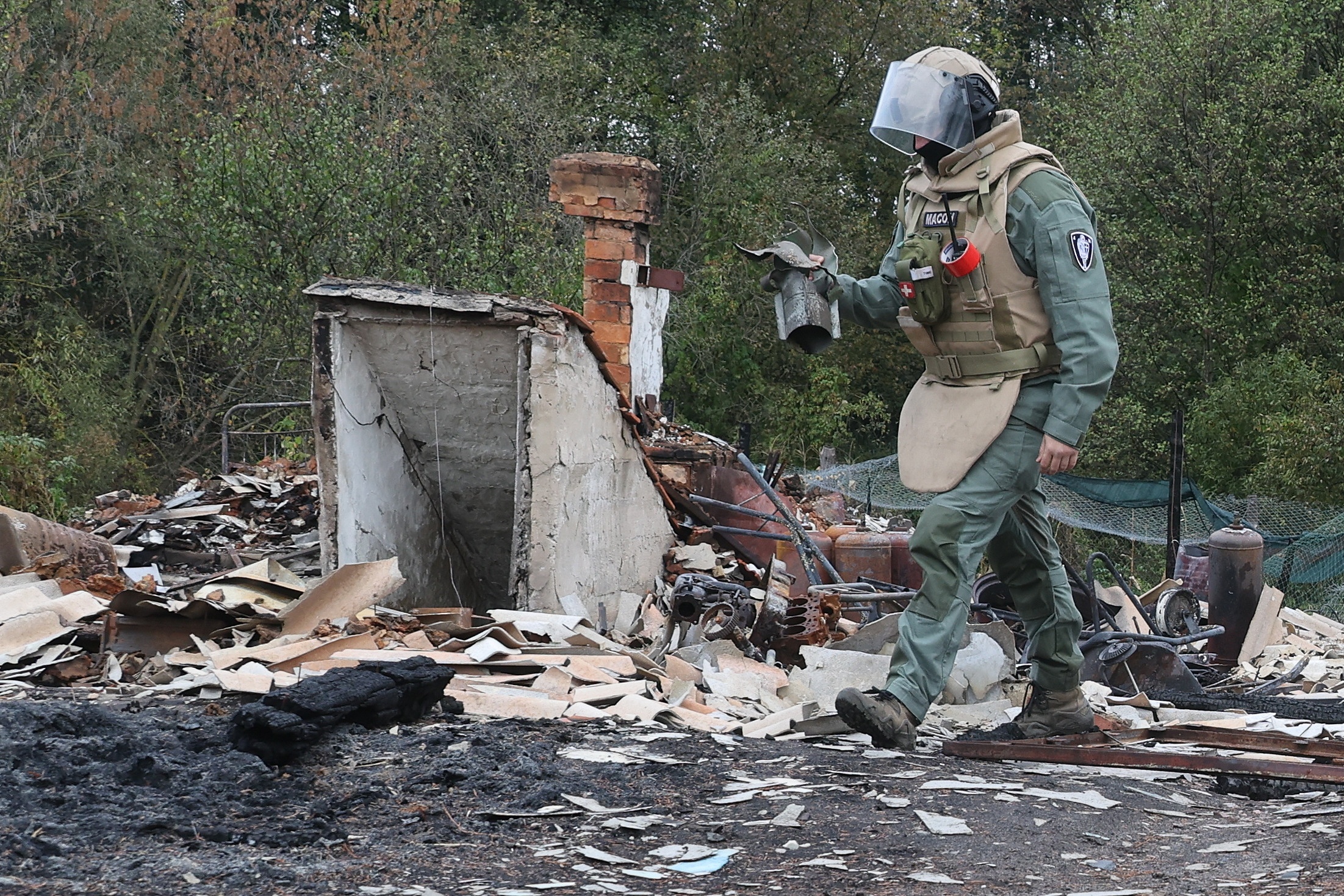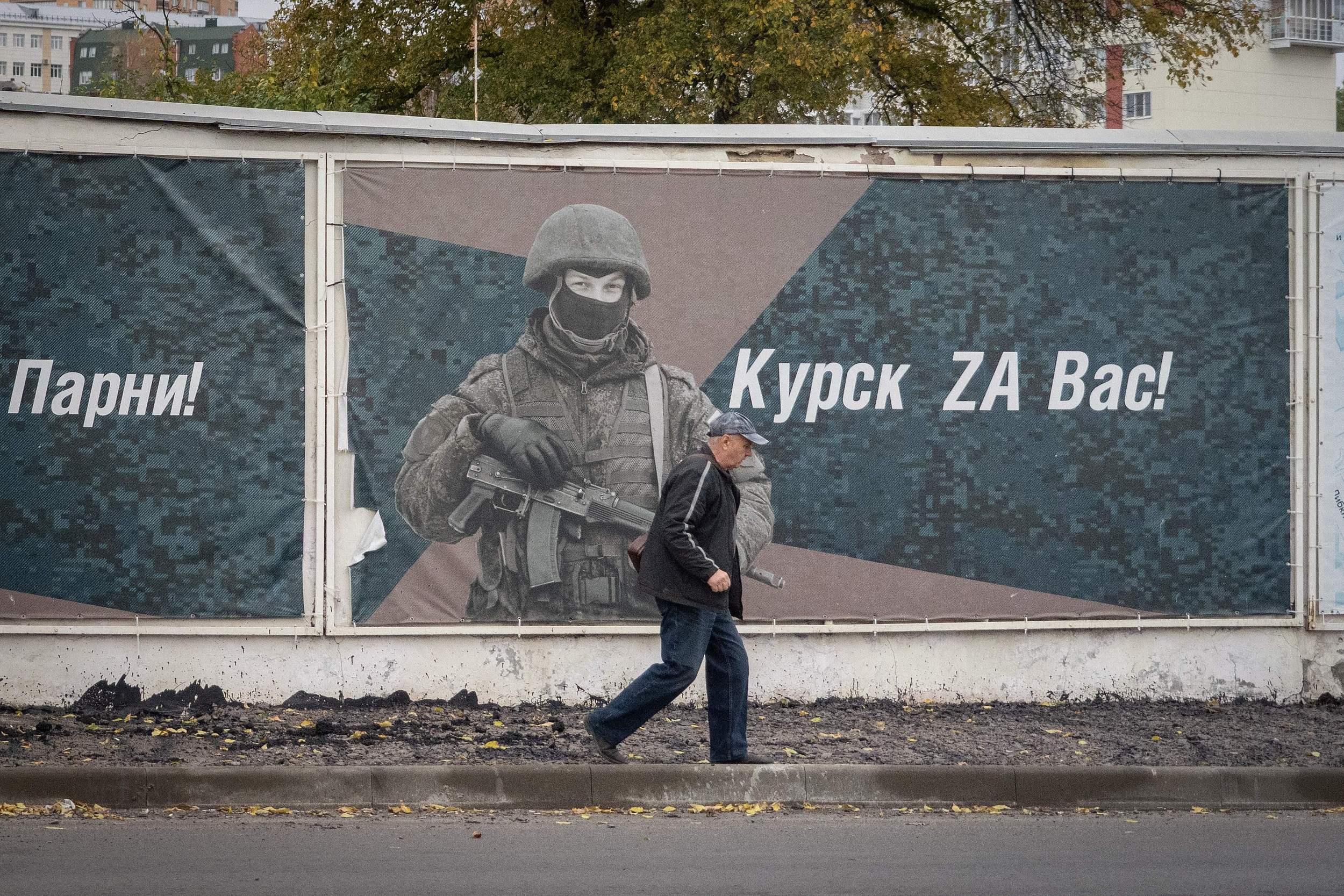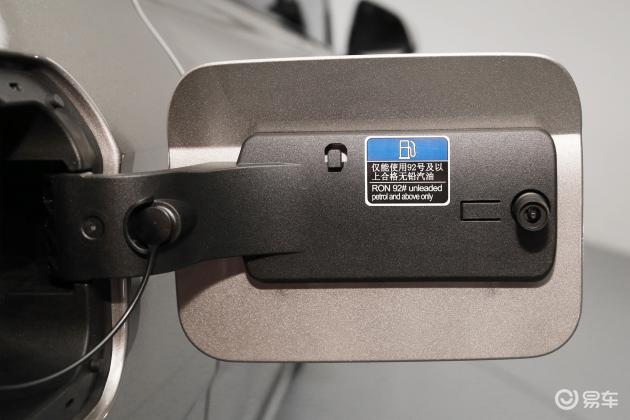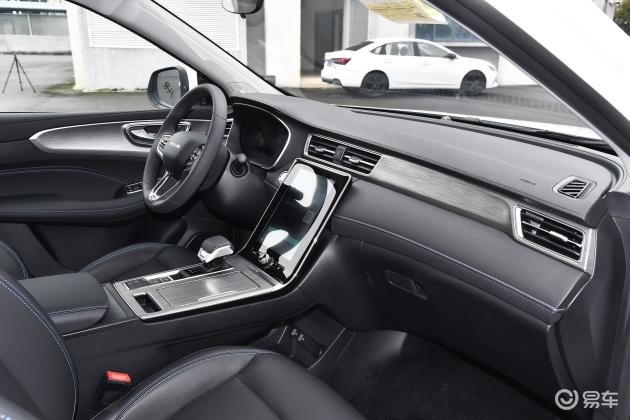On December 25, 2019, the Supreme People’s Court announced the "About Revision"
<关于民事诉讼证据的若干规定>Decision "(hereinafter referred to as the" Regulations on Evidence "), which will come into force on May 1, 2020.
It has been 18 years since the Regulations on Evidence came into effect on April 1, 2002. During this period, the Civil Procedure Law has undergone three revisions in 2007, 2012 and 2017, and in 2015, "the Supreme People’s Court on Application"
<民事诉讼法>Interpretation of "(hereinafter referred to as" Judicial Interpretation of Civil Procedure Law ") has been promulgated and implemented, and rich experience has been accumulated in the application of the rules of proof and evidence identification in trial practice. As a guide to civil litigation evidence, the Evidence Regulations also need to be improved and supplemented urgently.
There are 100 articles in the revised Provisions on Evidence, only 11 articles in the original article are retained, and the others are new and modified articles. Modifications and additions are mainly reflected in the following aspects:
First, modify and improve the rules of self-admission of the parties, so as to better balance the exercise of the right of disposition of the parties and the need for the people’s court to find out the facts;
Second, improve the system of "documentary evidence giving orders" and expand the ways for the parties to collect evidence;
Third, improve the system of parties’ and witnesses’ oaths and appraisers’ promises, as well as the sanctions for false statements by parties and witnesses and false appraisal by appraisers, so as to promote the construction of the integrity system in civil litigation;
Four, clear the scope of electronic data and electronic data review and identification rules.
This paper will focus on the above four aspects, so that readers can quickly get the essence of the new regulations. At the same time, in order to facilitate comparative study, this paper also attaches the old and new comparison tables for readers to learn and understand.
one
About self-admission
In civil litigation, one party does not need to prove the fact that it is unfavorable to itself. The parties admit the facts that are unfavorable to them, which is called "admission". "Confession" will have the legal consequence of exempting the other party from the burden of proof. Articles 3 to 9 of the Evidence Regulations have improved the system of self-admission:
1. The provisions on self-admission of entrusted agents have been revised. The original "Evidence Regulations" stipulated that if an unauthorized agent’s recognition of the facts directly led to the recognition of the other party’s claim, it would not be regarded as self-admission. The new "Evidence Regulations" has relaxed the scope of the principal-agent confession. "Except for the matters explicitly excluded by the power of attorney, the confession of the agent ad litem is regarded as the confession of the parties". That is, there is no longer a distinction between special authorization and general authorization. As long as the power of attorney is not explicitly excluded, the admission of the litigation agent is regarded as the admission of the parties. This article is amended as the embodiment of "estoppel principle" in the civil procedure law. At the same time, agents ad litem should be more cautious in the trial and avoid admitting the facts that are unfavorable to the parties at will.
2. The provisions on admission in joint action have been added. According to Article 6 of the new Evidence Regulations, common class actions and necessary class actions are distinguished:
(1) In common class action, the self-admission effect of one person or several people is only limited to themselves, and it does not produce self-admission effect for those who do not admit themselves;
(2) In the necessary joint action, it is deemed to be self-admission only if everyone agrees, and it is deemed to be self-admission if it does not admit or deny that the opinions are not clear after the court explanation.
3. Provisions on restriction and conditional admission have been added. In practice, the fact that one party claims against the other party is not always fully acknowledged, and sometimes it is conditionally and partially acknowledged. Article 7 of the new "Evidence Regulations" provides a general review rule for confession in this case, that is, "whether it constitutes confession is decided by the people’s court based on the comprehensive case situation".
4. The conditions for revoking admission have been revised. The original "Evidence Regulations" stipulates that if the other party agrees, or there is evidence to prove that the confession was made under duress and major misunderstanding, and it is inconsistent with the facts, it can be withdrawn. The new "Evidence Regulations" relaxes the conditions for the latter, that is, as long as it can be proved that the confession was made under duress and major misunderstanding, it is not necessary to prove that the confession is inconsistent with the facts, and it can be withdrawn before the end of the court debate, which reduces the standard of proof in this case.
two
About "Documentary evidence gives orders"
"Documentary evidence makes an order" was created by Article 112 of Judicial Interpretation of Civil Procedure Law, which stipulates: "If documentary evidence is under the control of the other party, the party who bears the burden of proof may apply to the people’s court in writing to order the other party to submit it before the expiration of the time limit for proof. If the reasons for the application are established, the people’s court shall order the other party to submit it, and the expenses arising from the submission of documentary evidence shall be borne by the applicant. If the other party refuses to submit it without justifiable reasons, the people’s court may determine that the documentary evidence advocated by the applicant is true. " Articles 45 to 48 of the new Evidence Regulations have improved the system.
1. The application conditions for "documentary evidence to make an order" are clarified. If one party applies to the court to order the other party to submit documentary evidence, it shall submit an application stating: (1) the name or content of documentary evidence; (2) the facts to be proved and their importance; (3) The other party controls the documentary evidence. Correspondingly, if the documentary evidence stated by the parties is not clear, it is unnecessary to prove the facts to be proved, or the facts to be proved have no substantial influence on the judgment result, and the documentary evidence is not under the control of the other party, the people’s court will not approve the application.
2. Incomplete list of the scope of documentary evidence that the parties who control documentary evidence should submit. Including: (1) cited in litigation; (2) made for the benefit of the other party; (3) The other party has the right to consult and obtain according to law; (4) original vouchers for account books and bookkeeping; (5) others.
3. The legal consequences of not submitting documentary evidence as required. If the party who controls the documentary evidence refuses to submit it without justifiable reasons, or destroys the relevant documentary evidence or commits other acts that make the documentary evidence unusable for the purpose of obstructing the use of the other party, the people’s court may determine that the documentary evidence claimed by the other party is true.
three
On the "Appraisal Duty" of Judges and Appraisers
Because "appraisal is not included in the trial limit" and in many cases, the appraisal result directly determines the judgment result, in practice, the situation of appraisal delay and "judging by reference" is more prominent. The new "Regulations on Evidence" defines the responsibilities of judges and appraisers in the appraisal procedure:
1. Clarify the responsibilities of judges in the appraisal procedure. (1) Article 32 of the new "Provisions on Evidence" makes it clear that the judicial personnel shall specify the matters, scope, purpose and time limit of appraisal in the power of attorney. (2) Article 34 stipulates that judges shall organize the parties to cross-examine the appraisal materials.
2. Clarify the responsibilities of appraisers in the appraisal procedure. (1) Article 33 of the new "Evidence Regulations" stipulates that appraisers should sign a letter of commitment to be objective and fair, and guarantee to testify in court. In case of false appraisal, the people’s court shall order the refund of appraisal fees and impose penalties. (2) Article 35 stipulates that the appraiser shall complete the appraisal within the time limit determined by the people’s court, otherwise, the parties may apply to the people’s court to entrust another appraiser, and the appraisal fee charged by the original appraiser shall be refunded. (3) Article 42 stipulates that if the appraiser cancels the appraisal opinion without justifiable reasons, the appraisal fee shall be refunded, and the people’s court shall punish him, and support the party’s claim that the appraiser shall bear reasonable expenses.
four
About electronic data
With the development of Internet technology, the importance of electronic data has become more and more prominent, and the provisions on electronic data evidence have also been the focus of the revision of civil procedure law and the formulation of judicial interpretation in recent times. The new "Regulations on Evidence" goes further on this basis:
1. The scope of electronic data is specified. Article 14 of the "Regulations on Evidence" is an incomplete list.
2. Clarify the identification of the original electronic data. Article 15 gives an expanded explanation to the "original" of electronic data, that is, "a copy made by the producer of electronic data that is consistent with the original, or a printed copy directly derived from electronic data or other output media that can be displayed and identified, is regarded as the original of electronic data", that is to say, the directly printed mobile phone WeChat record and the storage USB flash drive of burned video submitted in court can all be regarded as the original.
3. The review rules of electronic data are clarified. Article 93 stipulates the elements for determining the authenticity of electronic data, including whether the hardware and software environment of the computer system on which the generation, storage and transmission of electronic data depend is complete, reliable and normal. Article 94 stipulates five situations (unless there is enough evidence to the contrary) to infer the authenticity of electronic data, including five situations submitted by the parties that are unfavorable to them, preserved by a neutral third party, formed in the normal business activities, preserved by file management, preserved, transmitted and extracted in the manner agreed by both parties.
4. It is clear that the provisions on documentary evidence are applicable to electronic data evidence. Documentary evidence is one of the main forms of evidence to determine the facts of a case in a civil case. Electronic data is similar in stability and objectivity to documentary evidence. Article 99 of the new "Evidence Regulations" clarifies that the provisions on documentary evidence apply to electronic data, which makes the rules for determining electronic data determined.
Of course, in addition to the above four parts, there are many other "bright spots" in the new Rules of Evidence, such as: limiting the fact of exemption from evidence determined by the effective judgment of the people’s court to "basic facts"; Limited the scope of extraterritorial evidence that needs to be certified by Chinese embassies and consulates in the country; It stipulates the procedural elements of signing and reading the letter of guarantee before the parties make a statement; It stipulates the interpretation system to prevent the referee from raiding; It stipulates the connotation and extension of new evidence, the punishment for overdue submission of evidence and so on.
Limited by the length of this article, I will not analyze it in detail. Readers can learn from the following old and new comparison tables.
Provisions of the Supreme People’s Court on Evidence in Civil Proceedings (New)
[Fa Shi [2019] No.19]
Provisions of the Supreme People’s Court on Evidence in Civil Proceedings (Old)
【 Fa Shi [2001] No.33 】
[Law Interpretation [2008] No.18 revised the serial number of the cited articles]
First, the parties provide evidence
Article 1 When the plaintiff files a lawsuit in a people’s court or the defendant files a counterclaim, it shall provide corresponding evidence that meets the conditions for prosecution.
(Article 1 of the old regulation is amended)
Article 1 When the plaintiff files a lawsuit in a people’s court or the defendant files a counterclaim, it shall be accompanied by corresponding evidential materials that meet the conditions for prosecution.
The new rules have been deleted.
Article 2 The parties have the responsibility to provide evidence to prove the facts on which their claims are based or the facts on which they refute the other party’s claims.
If there is no evidence or the evidence is not enough to prove the facts of the parties, the parties with the burden of proof shall bear the adverse consequences.
Article 2 The people’s court shall explain the requirements and legal consequences of giving evidence to the parties, so as to urge the parties to give evidence actively, comprehensively, correctly and honestly within a reasonable period of time.
Evidence that the parties cannot collect by themselves due to objective reasons may apply to the people’s court for investigation and collection.
(Article 3 of the old rules)
Article 3 The people’s court shall explain the requirements and legal consequences of giving evidence to the parties, so as to urge the parties to give evidence actively, comprehensively, correctly and honestly within a reasonable period of time.
Evidence that the parties cannot collect by themselves due to objective reasons may apply to the people’s court for investigation and collection.
The new rules have been deleted.
Article 4 The following tort litigation shall bear the burden of proof in accordance with the following provisions:
(1) In a patent infringement lawsuit caused by a new product manufacturing method invention patent, the unit or individual that manufactures the same product shall bear the burden of proof that its product manufacturing method is different from the patented method;
(2) In an infringement lawsuit that causes damage by highly dangerous operations, the injurer shall bear the burden of proof for the fact that the victim intentionally causes damage;
(3) In a lawsuit for damages caused by environmental pollution, the injurer shall bear the burden of proof on the exemption provided by law and the fact that there is no causal relationship between his behavior and the damage result;
(4) The owner or manager shall bear the burden of proof for the tort lawsuit that the building or other facilities and the shelving and hanging objects on the building collapse, fall off or cause damage;
(5) In an infringement lawsuit that causes damage to people by raising animals, the animal keeper or manager shall bear the burden of proof that the victim is at fault or the third party is at fault;
(6) In the case of infringement litigation caused by defective products, the producer of the products shall bear the burden of proof for the exemption provided by law;
(7) In an infringement lawsuit that causes damage to people due to joint dangerous behavior, the person who commits the dangerous behavior shall bear the burden of proof that there is no causal relationship between his behavior and the damage result;
(eight) the medical institution shall bear the burden of proof that there is no causal relationship between the medical behavior and the damage result and that there is no medical fault in the infringement lawsuit caused by medical behavior.
Where the relevant laws have special provisions on the burden of proof in tort litigation, those provisions shall prevail.
Article 5 In a contract dispute case, the party who claims that the contract relationship is established and effective shall bear the burden of proof for the fact that the contract is concluded and effective; The party who advocates the change, dissolution, termination or cancellation of the contractual relationship shall bear the burden of proof for the facts that caused the change of the contractual relationship.
In case of any dispute over the performance of the contract, the party who has the obligation to perform shall bear the burden of proof.
In case of any dispute over the right of agency, the party claiming the right of agency shall bear the burden of proof.
Article 6 In labor dispute cases, if a labor dispute occurs due to the decision of the employer to dismiss, remove the name from the list, dismiss, terminate the labor contract, reduce the labor remuneration, and calculate the working years of the workers, the employer shall bear the burden of proof.
Article 7 When there are no specific provisions in the law and the burden of proof cannot be determined according to these provisions and other judicial interpretations, the people’s court may determine the burden of proof according to the principles of fairness and good faith, taking into account the parties’ ability to provide evidence and other factors.
Article 3 In the course of litigation, if one party states the facts that are unfavorable to him or explicitly acknowledges the facts that are unfavorable to him, the other party does not need to prove them.
In the process of evidence exchange, inquiry and investigation, or in written materials such as complaints, pleadings and proxy words, if the parties explicitly admit the facts that are unfavorable to them, the provisions of the preceding paragraph shall apply.
(The first paragraph of Article 8 of the old regulations is revised)
Article 8 In the course of litigation, if one party explicitly acknowledges the facts of the case stated by the other party, the other party does not need to provide evidence. Except for cases involving identity relations.
If the facts stated by one party have not been acknowledged or denied by the other party, and the judges have fully explained and asked, but they still do not clearly affirm or deny them, it shall be regarded as the recognition of the facts.
If a party entrusts an agent to participate in the litigation, the recognition of the agent shall be regarded as the recognition of the party. Except for the fact that the recognition of facts by an agent without special authorization directly leads to the recognition of the other party’s claim. If a party is present but does not deny the recognition of his agent, it shall be regarded as the recognition of the party.
If the parties withdraw their recognition before the end of the court debate and get the consent of the other party, or there is sufficient evidence to prove that their recognition was made under coercion or gross misunderstanding and is inconsistent with the facts, the other party cannot be exempted from the burden of proof.
Article 4 If a party neither admits nor denies the fact that the other party claims to be unfavorable to him, but after being explained and questioned by the judges, he still does not clearly affirm or deny it, it shall be regarded as an admission of the fact.
(The second paragraph of Article 8 of the old regulations is revised)
Article 5 Where a party entrusts an agent ad litem to participate in a lawsuit, the agent ad litem’s admission shall be regarded as the party’s admission, except for matters expressly excluded by the power of attorney.
If a party explicitly denies the admission of an agent ad litem in the presence, it shall not be regarded as admission.
(The third paragraph of Article 8 of the old regulations is revised)
Article 6 In a common class action, the admission made by one or more of the co-litigants shall have effect on the party who made the admission.
In a necessary joint action, if one or more of the co-litigants make an admission and the other co-litigants deny it, it will not have the effect of admission. If other co-litigants neither admit nor deny, but still do not express their opinions clearly after being explained and inquired by the judges, it shall be regarded as self-admission of all co-litigants.
(New provisions)
Article 7 If one party restricts or attaches conditions to the fact that the other party claims to be unfavorable to itself, the people’s court shall decide whether it constitutes admission according to the comprehensive circumstances of the case.
(New provisions)
Article 8 The facts stipulated in the first paragraph of Article 96 of the Supreme People’s Court’s Interpretation on the Application of the Civil Procedure Law of People’s Republic of China (PRC) do not apply to the provisions on admission.
The people’s court shall not confirm the fact that the confession is inconsistent with the fact that has been ascertained.
(New provisions)
Article 9 In any of the following circumstances, the people’s court shall allow the parties to revoke their admission before the end of the court debate:
(a) with the consent of the other party;
(2) The admission was made under duress or major misunderstanding.
If the people’s court allows the parties to revoke their admission, it shall make an oral or written ruling.
(The fourth paragraph of Article 8 of the old regulations is revised)
Tenth the following facts, the parties do not need to prove:
(1) Laws of nature and theorems and laws;
(2) Well-known facts;
(3) Facts presumed according to the law;
(4) another fact inferred from the known facts and the rules of daily life experience;
(5) Facts that have been confirmed by the effective award of the arbitration institution;
(six) the basic facts that have been confirmed by the legally effective judgment of the people’s court;
(7) Facts that have been proved by valid notarial documents.
The facts mentioned in the second to fifth paragraphs of the preceding paragraph, unless the parties have evidence to the contrary enough to refute them; The sixth and seventh facts, unless the parties have evidence to the contrary enough to overthrow.
(Article 9 of the old regulations is revised)
Article 9 The parties need not provide evidence to prove the following facts:
(1) Well-known facts;
(2) Natural laws and theorems;
(3) another fact that can be inferred according to the law or the known facts and the rules of daily life experience;
(4) Facts that have been confirmed by legally effective judgments of the people’s courts;
(5) Facts that have been confirmed by the effective award of the arbitration institution;
(6) Facts that have been proved by valid notarial documents.
Items (1), (3), (4), (5) and (6) of the preceding paragraph, unless the parties have evidence to the contrary that is sufficient to overthrow them.
Article 11 When providing evidence to a people’s court, a party shall provide the original or the original. If it is necessary to keep the original and original evidence by yourself or it is really difficult to provide the original and original evidence, you can provide a copy or duplicate that has been verified by the people’s court.
(Article 10 of the old rules)
Article 10 When providing evidence to a people’s court, a party shall provide the original or the original. If it is necessary to keep the original and original evidence by yourself or it is really difficult to provide the original and original evidence, you can provide a copy or duplicate that has been verified by the people’s court.
Article 12 Where movable property is used as evidence, the original shall be submitted to the people’s court. If the original object is unsuitable for removal or preservation, the parties concerned may provide copies, video materials or other substitutes.
After receiving the movable property or substitute submitted by the parties, the people’s court shall promptly notify both parties to go to the people’s court or keep it for on-site inspection.
(New provisions)
Article 13 If a party takes real estate as evidence, it shall provide the people’s court with the image data of the real estate.
If the people’s court deems it necessary, it shall notify both parties to be present for inspection.
(New provisions)
Article 14 Electronic data include the following information and electronic documents:
(1) Information published by web pages, blogs, microblogs and other online platforms;
(2) Communication information of network application services such as SMS, email, instant messaging and communication groups;
(3) User registration information, identity authentication information, electronic transaction records, communication records, login logs and other information;
(four) documents, pictures, audio, video, digital certificates, computer programs and other electronic files;
(five) other information stored, processed and transmitted in digital form that can prove the facts of the case.
(New provisions)
Article 15 If a party takes audio-visual materials as evidence, it shall provide the original carrier for storing the audio-visual materials.
If the parties take electronic data as evidence, they shall provide the original. A copy made by the producer of electronic data that is consistent with the original, or a printed copy directly derived from electronic data or other output media that can be displayed and recognized, is regarded as the original of electronic data.
(New provisions)
Article 16 The official documents and documents provided by the parties concerned were formed outside the territory of People’s Republic of China (PRC), and the evidence shall be certified by the notary office of the host country, or the certification procedures stipulated in the relevant treaties concluded between People’s Republic of China (PRC) and the host country shall be fulfilled.
Evidence involving identity relations formed outside the territory of People’s Republic of China (PRC) shall be certified by the notary office of the host country and certified by the embassy or consulate of People’s Republic of China (PRC) in that country, or the certification procedures stipulated in the relevant treaties concluded between People’s Republic of China (PRC) and that country shall be fulfilled.
The evidence provided by the parties to the people’s court was formed in Hongkong, Macao and Taiwan Province, and the relevant certification procedures shall be performed.
(Article 11 of the old regulations is revised)
Article 11 The evidence provided by the parties to the people’s court is formed outside the territory of People’s Republic of China (PRC), and the evidence shall be certified by the notary office of the host country and certified by the embassy or consulate of People’s Republic of China (PRC) in that country, or the certification procedures stipulated in the relevant treaties concluded between People’s Republic of China (PRC) and that host country shall be fulfilled.
The evidence provided by the parties to the people’s court was formed in Hongkong, Macao and Taiwan Province, and the relevant certification procedures shall be performed.
Article 17 When a party provides documentary evidence or explanatory materials in a foreign language to a people’s court, it shall be accompanied by a Chinese translation.
(Article 12 of the old regulations)
Article 12 When a party provides documentary evidence or explanatory materials in a foreign language to a people’s court, it shall be accompanied by a Chinese translation.
Article 18 If the uncontested facts of both parties conform to the circumstances stipulated in the first paragraph of Article 96 of the Supreme People’s Court’s Interpretation on the Application of the Civil Procedure Law of People’s Republic of China (PRC), the people’s court may order the parties to provide relevant evidence.
(Article 13 of the old regulations is revised)
Article 13 The people’s court may order the parties to provide relevant evidence for facts that are not disputed by both parties but involve national interests, social public interests or the legitimate rights and interests of others.
Article 19 The parties shall classify and number the evidence materials submitted by them one by one, give a brief description of the sources, objects and contents of the evidence materials, sign and seal them, indicate the date of submission, and submit copies according to the number of the other parties.
When the people’s court receives the evidential materials submitted by the parties concerned, it shall issue a receipt indicating the name, number of copies and pages of the evidence and the time of receipt, which shall be signed or sealed by the person in charge. (Article 14 of the old regulations)
Article 14 The parties shall classify and number the evidence materials submitted by them one by one, give a brief description of the sources, objects and contents of the evidence materials, sign and seal them, indicate the date of submission, and submit copies according to the number of the other parties.
When the people’s court receives the evidential materials submitted by the parties concerned, it shall issue a receipt indicating the name, number of copies and pages of the evidence and the time of receipt, which shall be signed or sealed by the person in charge.
Second, the investigation, collection and preservation of evidence
The new rules have been deleted.
Article 15 The term "evidence that the people’s court considers necessary for hearing a case" as stipulated in Article 64 of the Civil Procedure Law refers to the following situations:
(a) involving may harm the national interests, social and public interests.
Or the fact that others have legitimate rights and interests;
(two) involving the addition of parties ex officio, suspension of litigation, termination of litigation, withdrawal and other procedural matters unrelated to substantive disputes.
Article 16 Except under the circumstances stipulated in Article 15 of these Provisions, the people’s court shall investigate and collect evidence at the request of the parties concerned.
Seventeenth meet one of the following conditions, the parties and their agents ad litem may apply to the people’s court to investigate and collect evidence:
(a) the evidence collected by the application for investigation belongs to the archival materials kept by the relevant state departments and must be transferred by the people’s court ex officio;
(two) materials involving state secrets, commercial secrets and personal privacy;
(3) Other materials that the parties and their agents ad litem cannot collect by themselves due to objective reasons.
Twentieth parties and their agents ad litem to apply to the people’s court for investigation and collection of evidence, shall submit a written application before the expiration of the time limit for adducing evidence.
The application shall specify the name of the person under investigation, the name of the unit, the domicile and other basic information, the name or content of the evidence to be investigated and collected, the reasons why the evidence needs to be investigated and collected by the people’s court, the facts to be proved and clear clues.
(The first paragraph of Article 18 and Article 19 of the old regulations is amended, and the second paragraph of Article 19 is deleted)
Eighteenth parties and their agents ad litem shall submit a written application to the people’s court for investigation and collection of evidence. The application shall specify the name of the person under investigation, the name of the unit, the domicile and other basic information, the contents of the evidence to be investigated and collected, the reasons why the evidence needs to be investigated and collected by the people’s court and the facts to be proved.
Article 19 The parties and their agents ad litem shall apply to the people’s court for investigation and collection of evidence not later than seven days before the expiration of the time limit for adducing evidence.
If the people’s court refuses the application of the parties and their agents ad litem, it shall serve a notice on the parties or their agents ad litem. The parties and their agents ad litem may apply for reconsideration in writing to the people’s court accepting the application within three days from the day after receiving the notice. The people’s court shall make a reply within five days from the date of receiving the application for reconsideration.
Article 21 Documentary evidence collected by investigators may be original, or verified copies or duplicates. If it is a copy or duplicate, the source and evidence collection shall be explained in the investigation record.
(Article 20 of the old rules)
Article 20 Documentary evidence collected by investigators may be originals, or verified copies or duplicates. If it is a copy or duplicate, the source and evidence collection shall be explained in the investigation record.
Article 22 The physical evidence collected by investigators shall be original. If it is really difficult for the respondent to provide the original, it may provide copies or video materials. If copies or video materials are provided, the evidence collection shall be explained in the investigation record.
(Article 21 is amended)
Article 21 The physical evidence collected by investigators shall be original. If it is really difficult for the respondent to provide the original, he may provide copies or photos. If copies or photos are provided, the evidence collection shall be explained in the investigation record.
Article 23 When investigating and collecting audio-visual materials and electronic data, the people’s court shall require the respondent to provide the original carrier.
If it is really difficult to provide the original carrier, a copy can be provided. If a copy is provided, the people’s court shall explain its source and production process in the investigation record.
Where the people’s court adopts evidence preservation measures for audio-visual materials and electronic data, the provisions of the preceding paragraph shall apply.
(Article 22 of the old regulations is revised)
Article 22 When investigating and collecting computer data or audio-visual materials such as audio and video recordings, investigators shall require the respondents to provide the original carriers of relevant materials. If it is really difficult to provide the original carrier, a copy can be provided. If a copy is provided, the investigator shall explain its source and production process in the investigation record.
Article 24 When investigating and collecting evidence that may need to be appraised, the people’s court shall abide by relevant technical specifications to ensure that the evidence is not polluted.
(New provisions)
Article 25 Where a party or interested party applies for evidence preservation in accordance with the provisions of Article 81 of the Civil Procedure Law, the application shall specify the basic information of the evidence to be preserved, the reasons for applying for preservation and the preservation measures to be taken.
If a party applies for evidence preservation in accordance with the provisions of Article 81, paragraph 1, of the Civil Procedure Law, it shall submit it to the people’s court before the expiration of the time limit for adducing evidence.
Where laws and judicial interpretations provide for the preservation of evidence before litigation, such provisions shall prevail.
(Article 23 of the old regulations is revised)
Article 23 A party shall apply to the people’s court for the preservation of evidence in accordance with the provisions of Article 74 of the Civil Procedure Law, not later than seven days before the expiration of the time limit for adducing evidence.
If the parties apply for the preservation of evidence, the people’s court may require them to provide corresponding guarantees.
Where laws and judicial interpretations provide for the preservation of evidence before litigation, such provisions shall apply.
Article 26 Where a party or interested party applies for taking preservation measures such as sealing up or detaining to restrict the use and circulation of the preserved subject matter, or the preservation may cause losses to the evidence holder, the people’s court shall order the applicant to provide corresponding guarantees.
The method or amount of guarantee shall be comprehensively determined by the people’s court according to the influence of the preservation measures on the evidence holders, the value of the preserved subject matter, and the amount of the litigation subject matter disputed by the parties or interested parties.
(New provisions)
Article 27 The people’s court may require the parties or agents ad litem to be present when preserving evidence.
According to the application of the parties and the specific circumstances, the people’s court may take the methods of sealing up, distraining, audio recording, video recording, reproduction, identification and inspection to preserve the evidence and make a written record.
In the case of meeting the purpose of evidence preservation, the people’s court shall choose the preservation measures that have the least impact on the interests of the evidence holders.
(Article 24 of the old regulations is revised)
Article 24 In preserving evidence, the people’s court may, according to the specific circumstances, adopt methods such as sealing up, detaining, taking photos, recording, videotaping, copying, identifying, conducting an inquest, and making transcripts.
The people’s court may require the parties or agents ad litem to be present when preserving evidence.
Twenty-eighth application for evidence preservation errors caused by property losses, the parties request the applicant to bear the liability for compensation, the people’s court shall support.
(New provisions)
Article 29 After the people’s court has taken pre-litigation evidence preservation measures, if a party brings a lawsuit to another people’s court with jurisdiction, the people’s court that took the preservation measures shall, at the request of the party concerned, promptly hand over the preserved evidence to the people’s court that accepted the case.
(New provisions)
Article 30 If the people’s court considers that the facts to be proved need to be proved by expert opinions in the course of hearing a case, it shall explain them to the parties concerned and specify the time limit for applying for expert evaluation.
In accordance with the provisions of the first paragraph of Article 96 of the Interpretation of the Supreme People’s Court on the Application of the Civil Procedure Law of People’s Republic of China (PRC), the people’s court shall entrust the appraisal according to its functions and powers.
(New provisions)
Article 31 A party applying for appraisal shall file an application within the period specified by the people’s court and pay the appraisal fee in advance. Failing to submit an application within the time limit or paying the appraisal fee in advance shall be regarded as giving up the application.
If the party who bears the burden of proof for the facts to be proved that need to be appraised fails to apply for appraisal or pay appraisal fees in advance without justifiable reasons within the period specified by the people’s court, or refuses to provide relevant materials, so that the facts to be proved cannot be ascertained, it shall bear the legal consequences of failing to prove.
(Article 25 of the old regulations is revised)
Twenty-fifth parties to apply for identification, should be put forward within the time limit for proof. In accordance with the provisions of the provisions of article twenty-seventh, unless the parties apply for re identification.
If a party who bears the burden of proof for matters that need to be identified fails to apply for identification or pay the identification fee in advance or refuse to provide relevant materials within the time limit specified by the people’s court without justifiable reasons, so that the facts in dispute in the case cannot be identified through the conclusion of identification, it shall bear the legal consequences of failing to prove the facts.
Article 32 Where a people’s court approves an application for appraisal, it shall organize both parties to determine an appraiser with corresponding qualifications through consultation. If the parties fail to negotiate, it shall be designated by the people’s court.
If the people’s court entrusts an appraisal according to its functions and powers, it may appoint an appraiser with corresponding qualifications after asking the opinions of the parties.
The people’s court shall issue a power of attorney after determining the appraiser, and the power of attorney shall specify the matters, scope, purpose and time limit of the appraisal.
(Article 26 of the old regulations is revised)
Article 26 After the parties apply for appraisal with the consent of the people’s court, the two parties shall determine the appraisal institutions and appraisers with appraisal qualifications through consultation. If consultation fails, the people’s court shall designate them.
Article 33 Before the appraisal begins, the people’s court shall require the appraiser to sign a letter of commitment. The letter of commitment shall specify that the appraiser guarantees to conduct the appraisal objectively, fairly and honestly, and to testify in court. If false appraisal is made, he shall bear legal responsibility.
If an appraiser intentionally makes a false appraisal, the people’s court shall order him to refund the appraisal fee and deal with it according to the provisions of Article 111th of the Civil Procedure Law according to the circumstances.
(New provisions)
Article 34 The people’s court shall organize the parties to cross-examine the appraisal materials. Materials that have not been cross-examined shall not be used as the basis for identification.
With the permission of the people’s court, an expert witness may obtain evidence, inspect physical evidence and the scene, and ask the parties or witnesses.
(New provisions)
Article 35 An appraiser shall complete the appraisal within the time limit determined by the people’s court and submit an appraisal certificate.
If the appraiser fails to submit the appraisal report on time without justifiable reasons, the parties concerned may apply to the people’s court to entrust another appraiser for appraisal. With the permission of the people’s court, the appraisal fee already charged by the original appraiser shall be refunded; Refuse to return, in accordance with the provisions of the second paragraph of article eighty-first.
(New provisions)
Article 36 The people’s court shall examine whether the appraisal certificate issued by the appraiser contains the following contents:
(1) The name of the entrusting court;
(two) the contents and requirements of the entrusted appraisal;
(3) Identification materials;
(4) The principles and methods on which the appraisal is based;
(5) A description of the appraisal process;
(6) Appraisal opinions;
(7) Letter of commitment.
The appraisal book shall be signed or sealed by the appraiser, and the corresponding qualification certificate of the appraiser shall be attached. Where an appraisal agency is entrusted, the appraisal certificate shall be sealed by the appraisal agency and signed by the personnel engaged in appraisal.
(Article 29 of the old regulations is revised)
Twenty-ninth judges shall examine whether the appraisal certificate issued by the appraiser has the following contents:
(1) The name of the client and the contents of the entrusted appraisal;
(2) Materials entrusted for appraisal;
(three) the basis of identification and the scientific and technological means used;
(4) A description of the appraisal process;
(5) A clear appraisal conclusion;
(6) An explanation of the appraiser’s qualification;
(seven) the signature and seal of the appraiser and the appraisal institution.
Article 37 After receiving the appraisal report, the people’s court shall promptly send a copy to the parties concerned.
If the parties have any objection to the contents of the appraisal, they shall put forward it in writing within the period specified by the people’s court.
The people’s court shall ask the appraiser to explain, explain or supplement the objections of the parties. If the people’s court deems it necessary, it may require the appraiser to explain, explain or supplement the contents that the parties have not raised objections.
(New provisions)
Article 38 If the parties still have objections after receiving the written reply from the appraiser, the people’s court shall, in accordance with the provisions of Article 11 of the Measures for Payment of Litigation Fees, notify the objecting parties to pay the appraiser’s court appearance fee in advance and notify the appraiser to appear in court. If the objecting party fails to pay the appraiser’s court fees in advance, it shall be deemed as giving up the objection.
If both parties have objections to the appraisal opinions, they shall share the expenses of paying the appraisers in court in advance.
(New provisions)
Thirty-ninth expert fees in court shall be calculated according to the standard of witnesses’ fees in court, and shall be borne by the losing party. If the appraiser needs to appear in court because the appraisal opinion is unclear or flawed, the expenses for appearing in court shall be borne by him.
When the people’s court entrusts the appraisal, it has been determined that the appraiser’s appearance fee is included in the appraisal fee, and the party concerned will not be notified to pay in advance.
(New provisions)
Article 40 The people’s court shall allow the parties to apply for re-appraisal under any of the following circumstances:
(a) the appraiser does not have the corresponding qualifications;
(2) The appraisal procedure is seriously illegal;
(three) the expert opinion is obviously insufficient;
(four) other circumstances in which the expert opinion cannot be used as evidence.
In the case of the first to third items in the preceding paragraph, the appraisal fee already charged by the appraiser shall be refunded. Refuse to return, in accordance with the provisions of the second paragraph of article eighty-first.
The people’s court shall not allow the application for re-appraisal if the defects in the appraisal opinions can be solved by means of correction, supplementary appraisal or supplementary cross-examination or re-examination.
Re-appraisal, the original appraisal opinion shall not be used as the basis for determining the facts of the case.
(Article 27 of the old regulations is revised)
Twenty-seventh parties have objections to the appraisal conclusion made by the appraisal department entrusted by the people’s court and apply for re-appraisal, and the people’s court shall give permission if it provides evidence to prove that one of the following circumstances exists:
(a) the appraisal institution or appraiser does not have the relevant appraisal qualification;
(2) The appraisal procedure is seriously illegal;
(3) The appraisal conclusion is obviously based on insufficient evidence;
(4) Other circumstances that cannot be used as evidence after cross-examination.
If the defective appraisal conclusion can be solved by supplementary appraisal, re-examination or supplementary cross-examination, it will not be re-appraised.
Article 41 If one party entrusts relevant institutions or personnel to issue opinions on specialized issues, and the other party has enough evidence or reasons to refute and apply for appraisal, the people’s court shall allow it.
(Article 28 of the old regulations is revised)
Article 28 If one party entrusts the relevant department to make an appraisal conclusion, and the other party has enough evidence to refute and apply for re-appraisal, the people’s court shall allow it.
Article 42 If the appraiser cancels the appraisal opinion without justifiable reasons after the appraisal opinion is accepted, the people’s court shall order him to refund the appraisal fee, and may, according to the circumstances, punish the appraiser in accordance with the provisions of Article 111 of the Civil Procedure Law. The people’s court shall support the claim that the appraiser should bear the reasonable expenses thus increased.
If the people’s court allows the appraiser to withdraw after accepting the appraisal opinion, it shall order him to refund the appraisal fee.
(New provisions)
Article 43 The people’s court shall notify the parties of the time and place of the inspection before the inspection. If the parties do not participate, it will not affect the inspection.
The parties may explain and explain the matters in the inquest to the people’s court, and may request the people’s court to pay attention to important matters in the inquest.
When the people’s court inspects the physical evidence or the scene, it shall make a written record, recording the time and place of the inspection, the inspector, the people present, the process and results of the inspection, which shall be signed or sealed by the inspector and the people present. For the site map drawn, the time, orientation, name and identity of the surveyor shall be indicated.
(Article 30 of the old regulations is revised)
Article 30 The people’s court shall make a record of the time and place of the inspection, the inspector, the people present, the process and results of the inspection, which shall be signed or sealed by the inspector and the people present. For the site map drawn, the time, orientation, name and identity of the surveyor shall be indicated.
Article 44 When extracting the documents and materials related to the facts of the case produced by the relevant units, the source shall be indicated, and the seal of the production unit or the storage unit shall be affixed, and the extractor and other investigators shall sign or seal the extract.
Extracted documents and materials shall maintain the corresponding integrity of the contents.
(Article 31 of the old regulations is revised)
Thirty-first excerpts of documents and materials related to the facts of the case produced by the relevant units shall indicate the source and affix the seal of the production unit or the storage unit, and the excerpter and other investigators shall sign or seal the excerpts.
Extracted documents and materials shall maintain the corresponding integrity of the content and shall not be taken out of context.
Article 45 Where a party applies to the people’s court for ordering the other party to submit documentary evidence according to Article 112 of the Supreme People’s Court’s Interpretation on the Application of the Civil Procedure Law of People’s Republic of China (PRC), the application shall specify the name or content of the documentary evidence applied for, the facts and the importance of the facts that need to be proved by the documentary evidence, the basis for the other party to control the documentary evidence and the reasons why the documentary evidence should be submitted.
If the other party denies controlling the documentary evidence, the people’s court shall make a comprehensive judgment on whether the documentary evidence is under the control of the other party according to factors such as legal provisions and habits, combined with the facts and evidence of the case.
(New provisions)
Article 46 When examining an application for documentary evidence submitted by a party, the people’s court shall listen to the opinions of the other party, and may require both parties to provide evidence and debate when necessary.
The people’s court shall not grant permission if the documentary evidence applied by the parties is unclear, the documentary evidence is unnecessary to prove the facts to be proved, the facts to be proved have no substantial influence on the judgment result, the documentary evidence is not under the control of the other party or does not conform to Article 47 of these Provisions.
If the reasons for the application are established, the people’s court shall make a ruling and order the other party to submit documentary evidence; If the reason is untenable, notify the applicant.
(New provisions)
Article 47 The party in control of documentary evidence shall submit documentary evidence under the following circumstances:
(1) Documentary evidence that has been cited by the party in control of documentary evidence in litigation;
(2) Documentary evidence produced for the benefit of the other party;
(3) Documentary evidence that the other party has the right to consult and obtain according to the law;
(4) Original vouchers for account books and bookkeeping;
(5) Other circumstances that the people’s court considers that documentary evidence should be submitted.
If the documentary evidence listed in the preceding paragraph involves state secrets, commercial secrets, the privacy of the parties or the third party, or there are circumstances that should be kept confidential by law, it shall not be publicly cross-examined after submission.
(New provisions)
Article 48 If the party in control of documentary evidence refuses to submit documentary evidence without justifiable reasons, the people’s court may determine that the contents of documentary evidence advocated by the other party are true.
The people’s court may determine that the facts proved by the documentary evidence of the other party are true if the parties who control the documentary evidence are under the circumstances stipulated in Article 113 of the Supreme People’s Court’s Interpretation on the Application of the Civil Procedure Law of People’s Republic of China (PRC).
(New provisions)
Third, the time limit of proof and evidence exchange
Article 49 the defendant shall submit a written defense before the expiration of the defense period, stating his opinions on the plaintiff’s claim and the facts and reasons on which it is based.
(Original Article 32)
Article 32 the defendant shall submit a written defense before the expiration of the defense period, stating his opinions on the plaintiff’s claim and the facts and reasons on which it is based.
Article 50 The people’s court shall serve a notice of proof on the parties in the preparatory stage before the trial.
The notice of proof shall specify the distribution principle and requirements of the burden of proof, the circumstances in which you can apply to the people’s court for investigation and collection of evidence, the time limit for proof specified by the people’s court according to the circumstances of the case, and the legal consequences of providing evidence after the time limit.
(The original paragraph 1 of Article 33 was amended)
Article 33 The people’s court shall serve the parties with the notice of acceptance of the case and the notice of responding to the lawsuit. The notice of proof shall specify the distribution principle and requirements of the burden of proof, the circumstances in which an application can be made to the people’s court for investigation and evidence collection, the time limit for proof specified by the people’s court according to the circumstances of the case, and the legal consequences of providing evidence beyond the time limit.
The time limit for adducing evidence may be agreed by the parties through consultation and approved by the people’s court.
If the time limit for adducing evidence is specified by the people’s court, the specified time limit shall not be less than 30 days, counting from the day after the party concerned receives the notice of accepting the case and the notice of responding to the lawsuit.
Article 51 The time limit for adducing evidence may be negotiated by the parties and approved by the people’s court.
If the people’s court specifies the time limit for adducing evidence, the ordinary procedure of first instance shall not be less than fifteen days, and the case of second instance in which the parties provide new evidence shall not be less than ten days. Cases tried by summary procedure shall not exceed fifteen days, and the time limit for adducing evidence in small claims shall generally not exceed seven days.
After the expiration of the time limit for adducing evidence, if the parties provide rebuttal evidence or make corrections to the defects in the source and form of the evidence already provided, the people’s court may, at its discretion, determine the time limit for adducing evidence again, which is not limited by the time limit stipulated in the preceding paragraph.
(The second and third paragraphs of the original article 33 are revised)
The new rules have been deleted.
Article 34 A party shall submit evidence materials to the people’s court within the time limit for adducing evidence. If the party fails to do so within the time limit for adducing evidence, it shall be deemed as giving up the right to adduce evidence.
The people’s court shall not organize cross-examination of the evidence materials submitted by the parties within the time limit. Unless the other party agrees to cross-examine.
If a party increases or changes a claim or files a counterclaim, it shall do so before the expiration of the time limit for adducing evidence.
Article 52 There are objective obstacles for the parties to provide evidence within the time limit for adducing evidence, which belongs to the situation that "it is indeed difficult for the parties to provide evidence within the time limit" as stipulated in the second paragraph of Article 65 of the Civil Procedure Law.
In the case mentioned in the preceding paragraph, the people’s court shall make a comprehensive judgment based on the parties’ ability to provide evidence and the reasons why they cannot provide evidence within the time limit for providing evidence. When necessary, you can listen to the opinions of the other party.
(New provisions)
Article 53 In the course of litigation, if the nature of the legal relationship or the effectiveness of the civil act advocated by the parties is inconsistent with the determination made by the people’s court according to the facts of the case, the people’s court shall take the nature of the legal relationship or the effectiveness of the civil act as the focus of the trial. However, the nature of the legal relationship has no influence on the reasons and results of the judgment, or the relevant issues have been fully debated by the parties.
In the case mentioned in the preceding paragraph, if the parties change their claims according to the court hearing, the people’s court shall allow and may re-specify the time limit for adducing evidence according to the specific circumstances of the case.
(Article 35 of the old regulations is revised)
Article 35 In the course of litigation, if the nature of the legal relationship or the effectiveness of the civil act advocated by the parties is inconsistent with the determination made by the people’s court according to the facts of the case, it shall not be restricted by the provisions of Article 34 of these Provisions, and the people’s court shall inform the parties that they can change the litigation request.
If a party changes his claim, the people’s court shall re-specify the time limit for adducing evidence.
Article 54 Where a party applies for extending the time limit for adducing evidence, it shall submit a written application to the people’s court before the time limit for adducing evidence expires.
If the reasons for the application are established, the people’s court shall allow and appropriately extend the time limit for adducing evidence, and notify other parties. The extended time limit for adducing evidence is applicable to other parties.
If the reasons for the application are not established, the people’s court shall not grant it and notify the applicant.
(The original article 36 was revised)
Article 36 If it is really difficult for a party to submit evidence materials within the time limit for adducing evidence, it shall apply to the people’s court for an extension of adducing evidence within the time limit for adducing evidence, and the time limit for adducing evidence may be appropriately extended with the permission of the people’s court. If it is still difficult for the parties to submit evidence materials within the extended time limit for adducing evidence, they may apply for an extension again, and whether or not to grant it shall be decided by the people’s court.
Article 55 In any of the following circumstances, the time limit for adducing evidence shall be determined as follows:
(1) If a party raises an objection to jurisdiction in accordance with Article 127 of the Civil Procedure Law, the time limit for adducing evidence shall be suspended and the calculation shall be resumed from the effective date of the ruling rejecting the objection to jurisdiction;
(2) If an additional party, a third party with independent claim right or a third party without independent claim right is notified by the people’s court to participate in the litigation, the people’s court shall set a time limit for the new party to participate in the litigation in accordance with the provisions of Article 51 of these Provisions, which shall apply to other parties;
(3) In a case remanded for retrial, the people’s court of first instance may, in light of the specific circumstances of the case and the reasons for remanding for retrial, determine the time limit for adducing evidence as appropriate;
(4) If the parties increase or change their claims or file counterclaims, the people’s court shall re-determine the time limit for adducing evidence according to the specific circumstances of the case;
(5) If the announcement is served, the time limit for adducing evidence shall be counted from the day after the expiration of the announcement period.
(New provisions)
The new rules have been deleted.
Article 37 Upon the application of the parties, the people’s court may organize the parties to exchange evidence before the hearing.
The people’s court shall organize the parties to exchange evidence after the expiration of the defense period and before the trial for cases with more evidence or complicated problems.
Article 56 If the people’s court prepares for trial by organizing evidence exchange in accordance with the provisions of Item 4 of Article 133 of the Civil Procedure Law, the time limit for presenting evidence on the day of evidence exchange expires.
The time for evidence exchange may be agreed upon by the parties through consultation and approved by the people’s court, or may be designated by the people’s court. If the parties apply for an extension of proof with the permission of the people’s court, the date of evidence exchange shall be postponed accordingly.
(The original article 38 was revised)
Article 38 The time for exchanging evidence may be agreed by the parties through consultation and approved by the people’s court, or may be designated by the people’s court.
If the people’s court organizes the parties to exchange evidence, the time limit for proof expires on the day of exchange of evidence. If the parties apply for an extension of proof with the permission of the people’s court, the date of evidence exchange shall be postponed accordingly.
Article 57 The exchange of evidence shall be conducted under the auspices of judges.
In the process of evidence exchange, the facts and evidence that the judge has no objection to the parties shall be recorded in the volume; The evidence with objection shall be classified and recorded in the volume according to the facts that need to be proved, and the reasons for objection shall be recorded. Through the exchange of evidence, determine the main issues of dispute between the two parties.
(original article 39)
Article 39 The exchange of evidence shall be conducted under the auspices of judges.
In the process of evidence exchange, the facts and evidence that the judge has no objection to the parties shall be recorded in the volume; The evidence with objection shall be classified and recorded in the volume according to the facts that need to be proved, and the reasons for objection shall be recorded. Through the exchange of evidence, determine the main issues of dispute between the two parties.
Article 58 If a party needs to submit rebuttal evidence after receiving the evidence from the other party, the people’s court shall organize evidence exchange again.
(original article 40 is revised)
Article 40 If a party refutes the evidence exchanged by the other party and presents new evidence, the people’s court shall notify the party to exchange it at a specified time.
The exchange of evidence is generally not more than two times. However, in major, difficult and particularly complicated cases, unless the people’s court deems it necessary to exchange evidence again.
The new rules have been deleted.
Article 41 "New evidence" as stipulated in the first paragraph of Article 125 of the Civil Procedure Law refers to the following situations:
(1) The new evidence in the procedure of first instance includes: the evidence newly discovered by the parties after the expiration of the time limit for adducing evidence in the first instance; Evidence that the parties are unable to provide within the time limit for adducing evidence due to objective reasons, but are still unable to provide within the extended time limit with the permission of the people’s court;
(2) The new evidence in the procedure of second instance includes: the newly discovered evidence after the trial of first instance; Evidence that a party fails to apply to the people’s court for investigation and evidence collection before the expiration of the time limit for adducing evidence in the first instance, and that the court of second instance considers that it should be allowed after examination, and that the evidence should be taken according to the application of the party concerned.
Article 42 If a party provides new evidence in the procedure of first instance, it shall do so before or during the trial of first instance.
If a person provides new evidence in the procedure of second instance, it shall be presented before or during the trial of second instance; If the second instance does not need to be heard in court, it shall be put forward within the time limit specified by the people’s court.
Article 43 If the evidence provided by a party after the expiration of the time limit for adducing evidence is not new, the people’s court shall not accept it.
If a party is allowed by the people’s court to postpone giving evidence, but fails to provide it within the permitted time limit due to objective reasons, and the failure to hear the evidence may lead to obvious injustice of the referee, the evidence provided by the party may be regarded as new evidence.
Article 44 "New evidence" as stipulated in Item (1) of Paragraph 1 of Article 179 of the Civil Procedure Law refers to the newly discovered evidence after the trial of the original trial.
If a party provides new evidence in the retrial procedure, it shall do so when applying for retrial.
Article 45 If one party presents new evidence, the people’s court shall notify the other party to put forward opinions or give evidence within a reasonable time.
Article 46 If a case fails to provide evidence within the specified time limit due to the reasons of the parties concerned, and the case is sent back to the people’s court for retrial or revision of the judgment due to the presentation of new evidence during the second trial or retrial, the judgment in the original trial does not belong to the wrong judgment case.
The people’s court shall support one party’s request for the other party to provide new evidence to bear the reasonable expenses such as increased travel, lost work, witnesses appearing in court to testify, litigation and other direct losses.
Article 59 If a people’s court imposes a fine on a party who fails to provide evidence within the time limit, it may determine the amount of the fine in combination with the subjective fault of the party who fails to provide evidence within the time limit, the circumstances that cause the delay in litigation, the amount of the subject matter of litigation, and other factors.
(New provisions)
Fourth, cross-examination
Article 60 Evidence that the parties have expressed cross-examination opinions in the preparatory stage before the trial or in the process of investigation and inquiry by the people’s court shall be regarded as cross-examined evidence.
If a party requests to express cross-examination opinions in writing, the people’s court may grant it if it deems it necessary after listening to the opinions of the other party. The people’s court shall promptly send the written cross-examination opinions to the other party.
(The original forty-seventh amendment)
Article 47 Evidence shall be presented in court and cross-examined by the parties concerned. Evidence that has not been cross-examined cannot be used as a basis for determining the facts of a case.
The evidence recognized and recorded by the parties in the process of evidence exchange can be used as the basis for determining the facts of the case after being explained by the judges in the trial.
The new rules have been deleted.
Article 48 Evidence involving state secrets, business secrets and personal privacy or other evidence that should be kept confidential as prescribed by law shall not be publicly cross-examined during the court session.
Article 61 When conducting cross-examination of documentary evidence, material evidence and audio-visual materials, the parties concerned shall produce the original or original evidence. Except for one of the following circumstances:
(a) it is indeed difficult to produce the original or the original, and the people’s court allows it to produce a copy or duplicate;
(two) the original or the original no longer exists, but there is evidence to prove that the copy or replica is consistent with the original or the original.
(The original forty-ninth amendment)
Article 49 When conducting cross-examination of documentary evidence, material evidence and audio-visual materials, the parties concerned have the right to demand the production of the original or original evidence. Except for one of the following circumstances:
(a) it is indeed difficult to produce the original or the original, and the people’s court allows it to produce a copy or duplicate;
(two) the original or the original no longer exists, but there is evidence to prove that the copy or replica is consistent with the original or the original.
The new rules have been deleted.
Article 50 During cross-examination, the parties concerned should question, explain and refute the authenticity, relevance and legality of the evidence, as well as the probative force of the evidence.
Article 62 Cross-examination shall generally be conducted in the following order:
(a) the plaintiff produces evidence, and the defendant and the third party cross-examine the plaintiff;
(2) The defendant produces evidence, and the plaintiff and the third party conduct cross-examination with the defendant;
(3) The third party produces evidence, and the plaintiff and defendant conduct cross-examination with the third party.
The people’s court shall investigate and collect the evidence according to the application of the parties, and after the judges explain the situation of the investigation and collection of evidence, the party applying shall conduct cross-examination with the other party and the third party.
The people’s court shall investigate and collect evidence according to its functions and powers, and the judges shall explain the investigation and collection of evidence and listen to the opinions of the parties.
(The original fifty-first amendment)
Article 51 Cross-examination shall be conducted in the following order:
(a) the plaintiff produces evidence, and the defendant and the third party cross-examine the plaintiff;
(2) The defendant produces evidence, and the plaintiff and the third party conduct cross-examination with the defendant;
(3) The third party produces evidence, and the plaintiff and defendant conduct cross-examination with the third party.
The evidence collected by the people’s court in accordance with the application of the parties shall be used as the evidence provided by the party making the application.
The evidence collected by the people’s court in accordance with its functions and powers shall be presented at the trial, and the opinions of the parties shall be listened to, and the investigation and collection of the evidence may be explained.
The new rules have been deleted.
Article 52 If there are more than two independent claims in a case, the parties may present evidence one by one for cross-examination.
Article 63 The parties shall make a true and complete statement on the facts of the case.
If the statements of the parties are inconsistent with the previous statements, the people’s court shall order them to explain the reasons, and examine and identify them in combination with the litigation capacity, evidence and specific circumstances of the case.
If a party intentionally makes a false statement to obstruct the trial of the people’s court, the people’s court shall, according to the circumstances, impose penalties in accordance with the provisions of Article 111th of the Civil Procedure Law.
(New provisions)
Article 64 If the people’s court deems it necessary, it may require the parties to be present in person to accept inquiries about the relevant facts of the case.
If the people’s court requires the parties to be present for questioning, it shall inform the parties of the time and place of the inquiry and the consequences of refusing to be present.
(New provisions)
Article 65 The people’s court shall order the parties concerned to sign the letter of guarantee and read out the contents of the letter of guarantee before asking.
The letter of guarantee shall state that the statement is true, and there is no concealment, distortion, increase or decrease. If there is any false statement, it shall be punished. The parties concerned shall sign and stamp the letter of guarantee.
If the party concerned cannot read the letter of guarantee for justified reasons, it shall be read and explained by the clerk.
(New provisions)
Article 66 If a party refuses to be present at the scene, sign or read a letter of guarantee or accept an inquiry without justifiable reasons, the people’s court shall judge the truth of the facts to be proved based on the circumstances of the case. If there is no other evidence to prove the facts to be proved, the people’s court shall make a determination against the party concerned.
(New provisions)
Article 67 A person who cannot express his meaning correctly cannot be a witness.
Persons without or with limited capacity for civil conduct whose facts to be proved are suitable for their age, intelligence or mental health may be used as witnesses.
(The original fifty-third amendment)
Article 53 A person who cannot correctly express his will cannot be a witness.
Persons without or with limited capacity for civil conduct whose facts to be proved are suitable for their age, intelligence or mental health may be used as witnesses.
Article 68 The people’s court shall require witnesses to testify in court and accept inquiries from judges and parties. A witness who gives testimony in the preparatory stage before the trial or in the presence of both parties such as the people’s court’s investigation and inquiry shall be regarded as testifying in court.
If both parties agree that the witness will testify in other ways and with the permission of the people’s court, the witness may not testify in court.
The testimony provided in writing by a witness who fails to appear in court without justifiable reasons shall not be used as the basis for ascertaining the facts of the case.
(The original fifty-fifth amendment)
Article 55 A witness shall testify in court and accept questions from the parties concerned.
A witness who attends the statement of testimony when the people’s court organizes the parties to exchange evidence may be regarded as testifying in court.
Article 69 Where a party applies for a witness to testify in court, it shall submit an application to the people’s court before the expiration of the time limit for adducing evidence.
The application shall specify the name, occupation, residence, contact information of the witness, the main contents of testimony, the relevance of the testimony contents and the facts to be testified, and the necessity of the witness to testify in court.
In accordance with the provisions of the first paragraph of Article 96 of the Interpretation of the Supreme People’s Court on the Application of the Civil Procedure Law of People’s Republic of China (PRC), the people’s court shall notify the witness to testify in court ex officio.
(New provisions)
Article 70 If a people’s court allows a witness to testify in court, it shall serve a notice on the witness and inform both parties. The notice shall specify the time and place of the witness’s testimony, the matters and requirements of testimony and the legal consequences of perjury.
The people’s court shall not allow the application of a witness to testify in court if the matter for which the party applies has nothing to do with the facts to be proved, or if it is not necessary to inform the witness to testify in court.
(The original fifty-fourth amendment)
Article 54 If a party applies for a witness to testify in court, it shall do so ten days before the expiration of the time limit for adducing evidence and obtain the permission of the people’s court.
If the people’s court approves the application of a party, it shall notify the witness to testify in court before the hearing, and inform him of the legal consequences of truthfully testifying and perjury.
The reasonable expenses incurred by the witness for testifying in court shall be paid in advance by the party providing the witness and borne by the losing party.
Article 71 A people’s court shall require a witness to sign a letter of guarantee before testifying, and read out the contents of the letter of guarantee in court. Except those who have no capacity for civil conduct and those with limited capacity for civil conduct as witnesses.
If the witness cannot read the letter of guarantee for justified reasons, the clerk shall read it and explain it on his behalf.
If a witness refuses to sign or read the letter of guarantee, he shall not testify and bear the relevant expenses.
The contents of the witness guarantee shall be governed by the provisions of the parties’ guarantee.
(New provisions)
The new rules have been deleted.
Article 56 The term "witness is unable to appear in court due to real difficulties" as stipulated in Article 70 of the Civil Procedure Law refers to the following circumstances:
(1) Being old, weak or unable to appear in court due to mobility difficulties;
(two) the special post is really unable to leave;
(three) the road is particularly long, and it is difficult to appear in court due to inconvenient transportation;
(4) Unable to appear in court due to force majeure such as natural disasters;
(5) Other special circumstances that prevent him from appearing in court.
In the case mentioned in the preceding paragraph, with the permission of the people’s court, a witness may submit written testimony or audio-visual materials or testify by means of two-way audio-visual transmission technology.
Article 72 A witness shall objectively state the facts he personally perceives, and shall not use speculative, inferential or critical language when testifying.
A witness shall not sit in on the court hearing before testifying, and shall not state his testimony by reading the written materials prepared in advance when testifying.
If there are obstacles in the verbal expression of witnesses, they may testify through other expressions.
(The original fifty-seventh amendment)
Article 57 A witness who testifies in court shall objectively state the facts he personally perceives. If the witness is deaf-mute, he can testify in other ways.
A witness shall not use speculative, inferential or critical language when testifying.
Article 73 A witness shall make a continuous statement on the matters he testifies.
If the parties and their legal representatives, agents ad litem or observers interfere with the witness’s statement, the people’s court shall stop it in time and, if necessary, impose penalties in accordance with the provisions of Article 110 of the Civil Procedure Law.
(New provisions)
Article 74 A judge may question a witness. The parties and their agents ad litem may question witnesses with the permission of the judges.
Other witnesses are not allowed to be present when questioning witnesses.
If the people’s court deems it necessary, it may require witnesses to confront each other.
(Article 58 of the old regulations is revised)
Article 58 Judges and parties may question witnesses. Witnesses are not allowed to sit in on court hearings; Other witnesses shall not be present when questioning witnesses. If the people’s court deems it necessary, it may allow witnesses to confront each other.
Article 75 After a witness testifies in court, he may apply to the people’s court to pay the witness’s fees for testifying in court. If a witness has difficulties and needs to withdraw the fee for testifying in court in advance, the people’s court may pay it before testifying in court according to the witness’s application.
(New provisions)
Article 76 If a witness is unable to testify in court due to real difficulties and applies for giving testimony by means of written testimony, audio-visual transmission technology or audio-visual materials, he shall submit an application to the people’s court. The application shall specify the specific reasons for not appearing in court.
The people’s court shall grant permission if the circumstances stipulated in Article 73 of the Civil Procedure Law are met.
(New provisions)
Article 77 A witness who testifies in the form of written testimony with the permission of the people’s court shall sign a letter of guarantee; Whoever testifies by means of audio-visual transmission technology or audio-visual materials shall sign a letter of guarantee and read out the contents of the letter of guarantee.
(New provisions)
Article 78 If the questioning of a witness by a party or his agent ad litem has nothing to do with the facts to be proved, or there are threats, insults to the witness or improper guidance, the judge shall stop it in time. If necessary, it may be punished in accordance with the provisions of Articles 110 and 111 of the Civil Procedure Law.
If a witness intentionally makes a false statement, the participants in the proceedings or others prevent the witness from testifying by violence, threats, bribes, etc., or take revenge on the witness by insulting, slandering, framing, intimidating, beating, etc. after the witness testifies, the people’s court shall punish the actor according to the circumstances and in accordance with the provisions of Article 111 of the Civil Procedure Law.
(New provisions)
Article 79 If an appraiser testifies in court in accordance with Article 78 of the Civil Procedure Law, the people’s court shall notify the appraiser of the time, place and requirements for appearing in court three days before the hearing.
If an agency is entrusted for appraisal, the personnel engaged in appraisal shall appear in court on behalf of the agency.
(New provisions)
Article 80 An appraiser shall truthfully answer the objections of the parties and the inquiries of the judges on the appraisal matters. If it is really difficult to answer in court, with the permission of the people’s court, a written reply can be given after the trial.
The people’s court shall promptly send a written reply to the parties concerned and listen to their opinions. If necessary, cross-examination can be organized again.
(Article 59 of the old regulations is revised)
Article 59 An expert witness shall appear in court to be questioned by the parties concerned.
If the appraiser is really unable to appear in court for special reasons, he may, with the permission of the people’s court, answer the questions of the parties in writing.
Article 81 If an expert refuses to testify in court, the expert opinion shall not be used as the basis for ascertaining the facts of the case. The people’s court shall advise the relevant competent departments or organizations to punish the appraisers who refuse to testify in court.
If a party requests a refund of the appraisal fee, the people’s court shall make a ruling within three days and order the appraiser to return it; Those who refuse to return it shall be executed by the people’s court according to law.
The people’s court shall allow the parties to apply for re-appraisal because the appraiser refuses to testify in court.
(New provisions)
Article 82 With the permission of the court, a party may ask an expert witness or an inspector.
No inappropriate words and methods such as threats and insults shall be used when asking the appraisers and inspectors.
(Article 60 of the old regulations was revised)
Article 60 With the permission of the court, the parties may put questions to witnesses, expert witnesses and inspectors.
Questioning witnesses, expert witnesses and inspectors shall not use words and methods that threaten, insult or improperly guide witnesses.
Article 83 Where a party applies for a person with specialized knowledge to appear in court in accordance with Article 79 of the Civil Procedure Law and Article 122 of the Supreme People’s Court’s Interpretation on the Application of the Civil Procedure Law of People’s Republic of China (PRC), the application shall specify the basic information of the person with specialized knowledge and the purpose of the application.
If the people’s court allows the parties to apply, it shall notify both parties.
Article 84 A judge may question a person with specialized knowledge. With the permission of the court, the parties may ask people with specialized knowledge, and the people with specialized knowledge applied by the parties may confront the relevant issues in the case.
People with specialized knowledge shall not participate in court proceedings other than cross-examination of expert opinions or expressing opinions on professional issues.
(Article 61 of the old regulations is revised)
Article 61 A party may apply to the people’s court for one or two persons with specialized knowledge to appear in court to explain the specialized issues of the case. If the people’s court approves the application, the relevant expenses shall be borne by the party applying.
Judges and parties may question persons with specialized knowledge who appear in court.
With the permission of the people’s court, personnel with specialized knowledge applied by the parties may confront the problems in the case.
Personnel with specialized knowledge can ask the appraiser.
The new rules have been deleted.
Article 62 The court shall record the cross-examination of the parties in the record, and the parties shall sign or seal it after checking.
V. Examination and determination of evidence
Article 85 The people’s court shall make a judgment according to law on the basis of the facts of the case that can be proved by evidence.
Judges should comprehensively and objectively examine the evidence in accordance with legal procedures, follow the professional ethics of judges in accordance with the provisions of the law, use logical reasoning and daily life experience to independently judge whether the evidence is probative or not, and make public the reasons and results of the judgment.
(Articles 63 and 64 of the old regulations)
Article 63 The people’s court shall make a judgment according to law on the basis of the facts of the case that can be proved by evidence.
Article 64 A judge shall comprehensively and objectively examine evidence in accordance with legal procedures, follow the professional ethics of judges in accordance with the provisions of the law, use logical reasoning and daily life experience to make an independent judgment on the probative force of evidence, and make public the reasons and results of the judgment.
Article 86 If the parties prove the facts of fraud, coercion or malicious collusion, and prove the facts of oral will or gift, the people’s court is convinced that the possibility of the existence of the facts to be proved can eliminate reasonable doubt, it shall consider that the facts exist.
With regard to the facts related to procedural matters such as litigation preservation and withdrawal, if the people’s court, in combination with the explanations of the parties and relevant evidence, considers that the relevant facts are likely to exist, it may determine that the facts exist.
(New provisions)
Article 87 A judge may examine and determine a single evidence from the following aspects:
(a) whether the evidence is original or not, and whether the duplicates and reproductions are consistent with the originals and originals;
(2) Whether the evidence is relevant to the facts of the case;
(3) Whether the form and source of the evidence comply with the law;
(4) Whether the contents of the evidence are true;
(5) Whether the witness or the person providing evidence has any interest with the party concerned.
(Article 65 of the old rules)
Article 65 A judge may examine and determine a single evidence from the following aspects: (1) Whether the evidence is original or original, and whether the copies and reproductions are consistent with the original or original; (2) Whether the evidence is relevant to the facts of the case; (3) Whether the form and source of the evidence comply with the law; (4) Whether the contents of the evidence are true; (five) whether the witness or the person who provides evidence has any interest with the party concerned.
Article 88 A judge shall comprehensively examine and judge all the evidence of a case from the aspects of the degree of correlation between the evidence and the facts of the case and the connection between the evidence.
(Article 66 of the old regulations)
Article 66 A judge shall comprehensively examine and judge all the evidence of a case from the aspects of the degree of correlation between the evidence and the facts of the case and the connection between the evidence.
Article 89 The people’s court shall confirm the evidence recognized by the parties in the course of litigation. Except as otherwise provided by laws and judicial interpretations.
If a party repents of the recognized evidence, it shall be handled with reference to the provisions of Article 229 of the Supreme People’s Court’s Interpretation on the Application of the Civil Procedure Law of People’s Republic of China (PRC).
(New provisions)
The new rules have been deleted.
Article 67 In litigation, the recognition of the facts of the case involved in the compromise made by the parties for the purpose of reaching a mediation agreement or reconciliation shall not be used as evidence against them in subsequent litigation.
Article 68 Evidence obtained by infringing upon the lawful rights and interests of others or violating the prohibitive provisions of law cannot be used as the basis for ascertaining the facts of a case.
Article 90 The following evidence cannot be used alone as the basis for determining the facts of a case:
(a) the statement of the parties;
(2) Testimony made by a person without or with limited capacity for civil conduct that is not commensurate with his age, intelligence or mental health;
(3) Testimony of a witness who has an interest in one party or his agent;
(4) Audio-visual materials and electronic data with doubts;
(five) copies and reproductions that cannot be checked with the original and the original.
(Article 69 of the old regulations is revised)
Article 69 The following evidence cannot be used alone as the basis for determining the facts of a case:
(1) Testimonies made by minors that are not commensurate with their age and intellectual status;
(2) Testimony issued by a witness who has an interest relationship with one party or his agent;
(3) Audio-visual materials with doubts;
(four) copies and reproductions that cannot be checked with the original and the original;
(5) Testimony of witnesses who fail to testify in court without justifiable reasons.
Article 91 A copy containing part or all of the contents made by the producer of official documents and documentary evidence according to the original document has the same probative force as the original document.
If a copy, duplicate or abridged version of a document filed in a state organ is certified by the archival department or the organ that made the original as consistent with the original, the copy, duplicate or abridged version shall have the same probative force as the original.
(New provisions)
Article 92 The authenticity of private documentary evidence shall be borne by the party who advocates to prove the facts of the case by private documentary evidence.
A private document certificate is presumed to be authentic if it is signed, sealed or stamped by the producer or his agent.
If there are deletions, alterations, additions or other defects in the private document certificate, the people’s court shall judge its probative force based on the specific circumstances of the case.
(New provisions)
Article 93 The people’s court shall make a comprehensive judgment on the authenticity of electronic data in combination with the following factors:
(1) Whether the hardware and software environment of the computer system on which the generation, storage and transmission of electronic data depend is complete and reliable;
(2) Whether the hardware and software environment of the computer system on which the generation, storage and transmission of electronic data depend is in normal operation, or whether it will affect the generation, storage and transmission of electronic data when it is not in normal operation;
(3) Whether the hardware and software environment of the computer system on which the generation, storage and transmission of electronic data depend has effective monitoring and verification means to prevent errors;
(four) whether the electronic data is completely preserved, transmitted and extracted, and whether the methods of preservation, transmission and extraction are reliable;
(five) whether the electronic data is formed and stored in the normal activities;
(six) whether the subject of saving, transmitting and extracting electronic data is appropriate;
(seven) other factors affecting the integrity and reliability of electronic data.
If the people’s court deems it necessary, it may examine and judge the authenticity of electronic data by means of identification or inspection.
(New provisions)
Article 94 The people’s court may confirm the authenticity of electronic data in any of the following circumstances, unless there is evidence to the contrary sufficient to refute it:
(a) electronic data submitted or kept by the parties to their disadvantage;
(2) Provided or confirmed by a neutral third-party platform for recording and storing electronic data;
(3) Formed in the normal business activities;
(4) kept by means of file management;
(5) preserved, transmitted or extracted in the manner agreed by the parties.
If the contents of electronic data have been notarized by a notary office, the people’s court shall confirm its authenticity, unless there is evidence to the contrary enough to overturn it.
(New provisions)
The new rules have been deleted.
Article 70 The people’s court shall confirm the probative force of the following evidence presented by one party if the other party objects to it but there is no evidence to the contrary that can be refuted:
(1) The original documentary evidence or the photocopies, photos, duplicates and excerpts verified with the original documentary evidence;
(two) the original material evidence or copies, photos, video materials, etc. that are verified with the original material evidence;
(3) Audio-visual materials that are corroborated by other evidence and obtained by legal means, or copies that are verified with the audio-visual materials;
(four) a party applies to the people’s court to make a record of the inspection of the physical evidence or the scene in accordance with legal procedures.
Article 71 If the parties to an appraisal conclusion made by an appraisal department entrusted by a people’s court have no evidence and reasons to the contrary, it may be deemed as probative.
Article 72 If the evidence presented by one party is not enough to refute, the people’s court may confirm its probative force.
If one party objects to the evidence presented by one party and the other party rebuts it, the probative force of the rebuttal evidence can be confirmed if the other party approves it.
Article 73 If both parties adduce opposite evidence for the same fact, but there is no sufficient basis to deny the evidence of the other party, the people’s court shall, in light of the circumstances of the case, judge whether the probative force of the evidence provided by one party is obviously greater than that provided by the other party, and confirm the evidence with greater probative force.
If it is difficult to determine the disputed facts because the probative force of the evidence cannot be judged, the people’s court shall make a judgment according to the rules on the allocation of burden of proof.
Article 74 In the course of litigation, the people’s court shall confirm the facts and approved evidence that the parties admit against themselves in the indictment, defense, statement and the attorney’s statement, unless the parties repent and have evidence to the contrary enough to overturn them.
Article 95 If a party refuses to submit evidence under control without justifiable reasons, and the party who bears the burden of proof for the facts to be proved claims that the content of the evidence is not conducive to the controller, the people’s court may hold that the claim is established.
(Article 75 of the old regulations is revised)
Article 75 If there is evidence to prove that one party refuses to provide the evidence without justifiable reasons, if the other party claims that the content of the evidence is not conducive to the evidence holder, it can be presumed that the claim is established.
The new rules have been deleted.
Article 76 If the parties only state their own claims and cannot provide other relevant evidence, their claims will not be supported. Except those approved by the other party.
Article 77 The people’s court may determine the probative force of several evidences on the same fact according to the following principles:
(a) the probative force of official documents and documentary evidence produced by state organs and social organizations according to their functions and powers is generally greater than other documentary evidence;
(2) Physical evidence, archives, expert conclusions, transcripts of inquests or notarized and registered documentary evidence are generally more probative than other documentary evidence, audio-visual materials and witness testimony;
(3) The probative force of the original evidence is generally greater than that of the incoming evidence;
(4) The probative force of direct evidence is generally greater than that of indirect evidence;
(five) the testimony provided by a witness is beneficial to the parties who have relatives or other close relations with him, and its probative force is generally less than that of other witnesses.
Article 96 A people’s court may make a judgment by comprehensively analyzing the intelligence, moral character, knowledge, experience, legal awareness and professional skills of a witness when determining the testimony of a witness.
(Article 78 of the old regulations)
Article 78 A people’s court may make a judgment by comprehensively analyzing the intelligence, moral character, knowledge, experience, legal awareness and professional skills of a witness when determining the testimony of a witness.
Article 97 The people’s court shall state the reasons for the admissibility of evidence in the judgment document.
The reasons for the admissibility of evidence that is uncontroversial to the parties may not be stated in the judgment document.
(Article 79 of the old regulations)
Article 79 The people’s court shall state the reasons for the admissibility of evidence in the judgment document.
The reasons for the admissibility of evidence that is uncontroversial to the parties may not be stated in the judgment document.
VI. Others
Article 98 The lawful rights and interests of witnesses, expert witnesses and inspectors shall be protected according to law.
If a party or other litigant participants forge or destroy evidence, provide false evidence, prevent witnesses from testifying, instigate, bribe or coerce others to commit perjury, or take revenge on witnesses, expert witnesses and inspectors, they shall be dealt with in accordance with the provisions of Articles 110 and 111 of the Civil Procedure Law.
(Article 80 of the old regulations was revised)
Article 80 The lawful rights and interests of witnesses, expert witnesses and inspectors shall be protected according to law.
If a party or other litigant participants forge or destroy evidence, provide false evidence, prevent witnesses from testifying, instigate, bribe or coerce others to commit perjury, or take revenge on witnesses, expert witnesses and inspectors, they shall be dealt with in accordance with the provisions of Article 102 of the Civil Procedure Law.
Article 99 Where there are no provisions on evidence preservation in these Provisions, reference shall be made to the provisions on property preservation in applicable laws and judicial interpretations.
Except as otherwise provided by laws and judicial interpretations, the provisions on questioning witnesses in these Provisions shall apply to the inquiries of parties, appraisers and people with specialized knowledge; The provisions on documentary evidence apply to audio-visual materials and electronic data; Audio-visual materials stored in electronic media such as electronic computers shall be governed by the provisions of electronic data.
(New provisions)
The new rules have been deleted.
Article 81 The people’s courts shall apply summary procedures to hear cases, and shall not be restricted by the provisions of Article 32, Paragraph 3 of Article 33 and Article 79 of this Interpretation.
Article 82 If the past judicial interpretations of this Court are inconsistent with these Provisions, these Provisions shall prevail.
Article 100th These Provisions shall come into force as of May 1, 2020.
After the promulgation and implementation of these Provisions, if the judicial interpretation previously issued by the Supreme People’s Court is inconsistent with these Provisions, it will no longer apply.
(Article 83 of the old regulations is revised)
Article 83 These Provisions shall come into force as of April 1, 2002. These provisions shall not apply to civil cases of first instance, second instance and retrial that have not been concluded on April 1, 2002.
The people’s court shall not support a civil case that has been tried before the implementation of these Provisions, and the parties apply for retrial on the grounds of violating these Provisions.
These Provisions shall apply to the retrial of civil cases accepted after the implementation of these Provisions, which are tried by the people’s court in accordance with the provisions of Article 186 of the Civil Procedure Law.
Source: those things about legal persons
Original title: "At a glance! Comparison table of new and old provisions of the Provisions on Evidence in Civil Procedure (implemented on May 1, 2020).
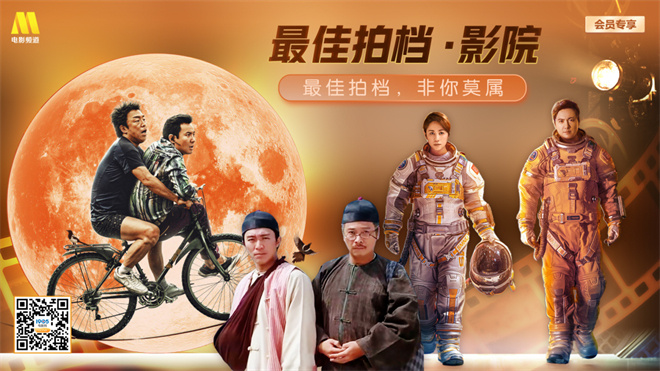 Click here to watch movies with one click.
Click here to watch movies with one click.
